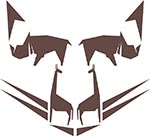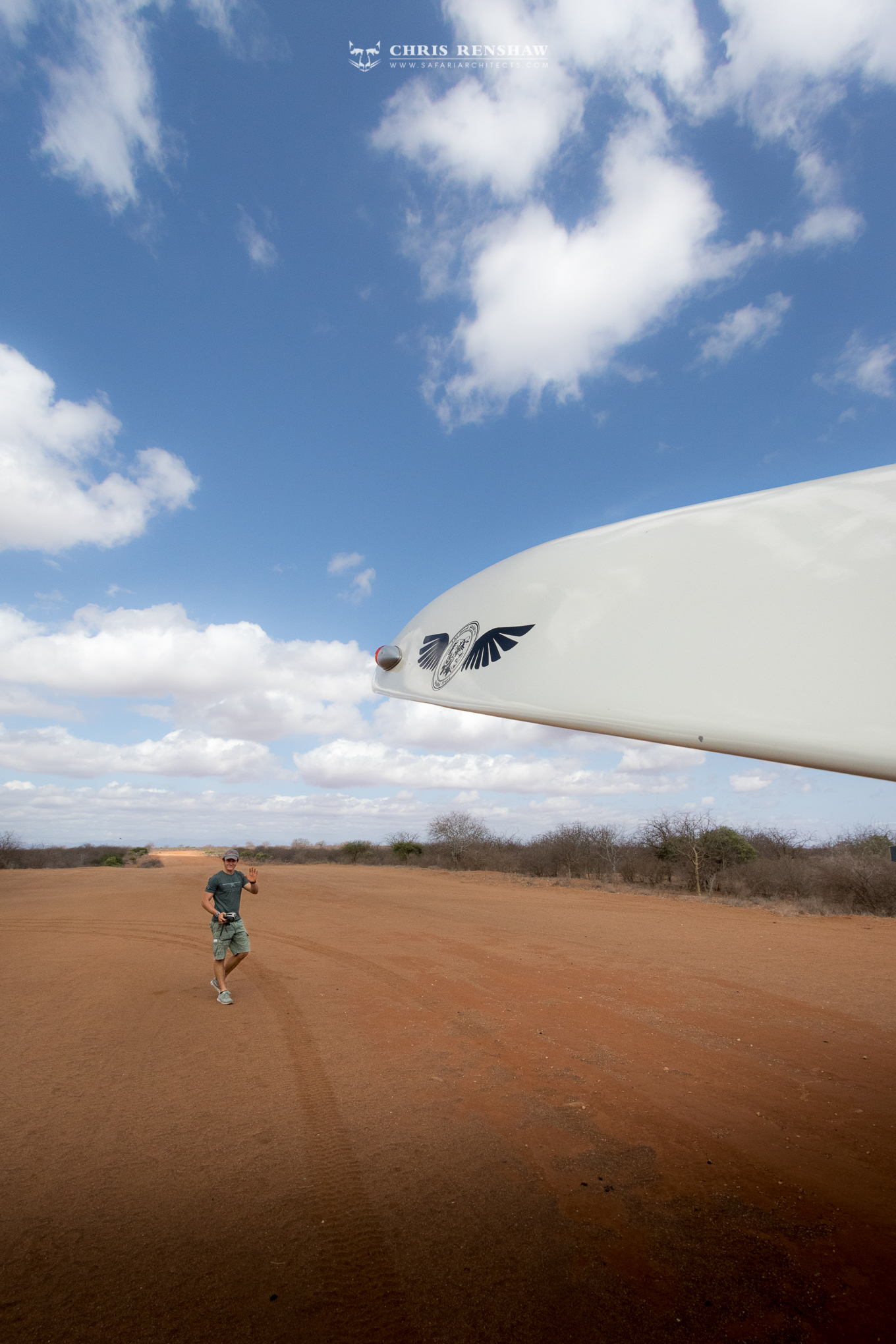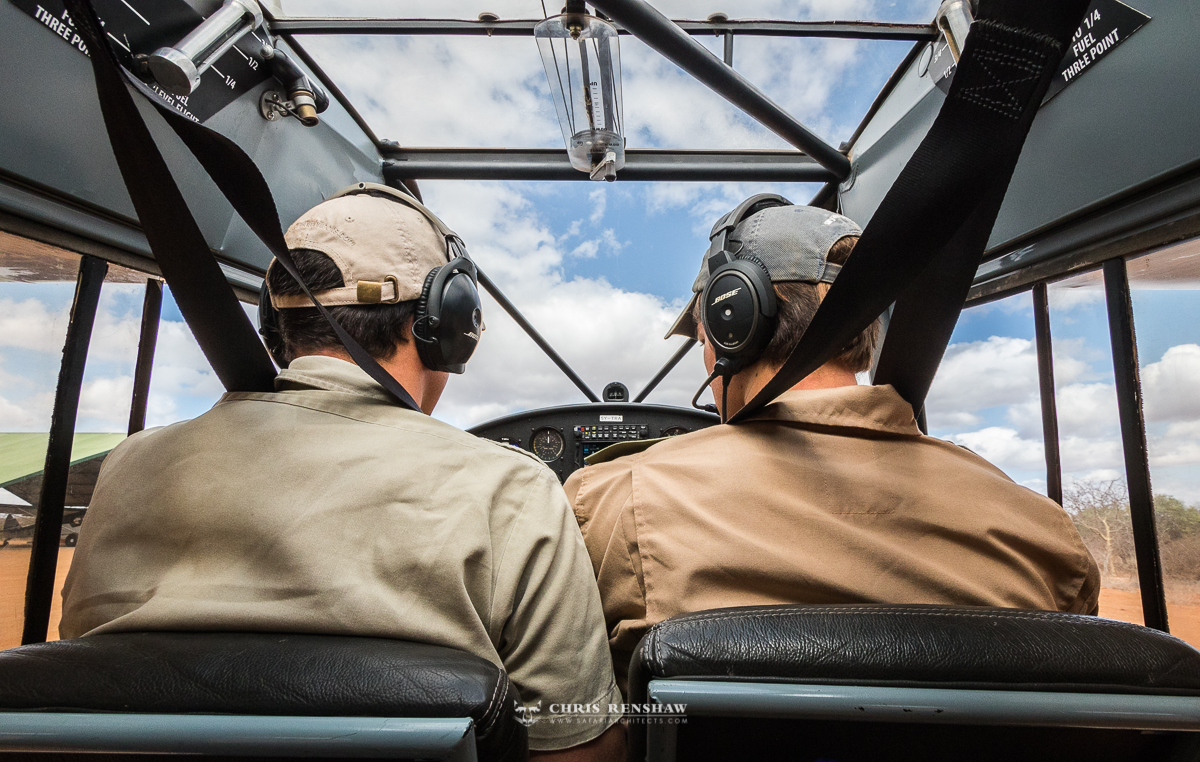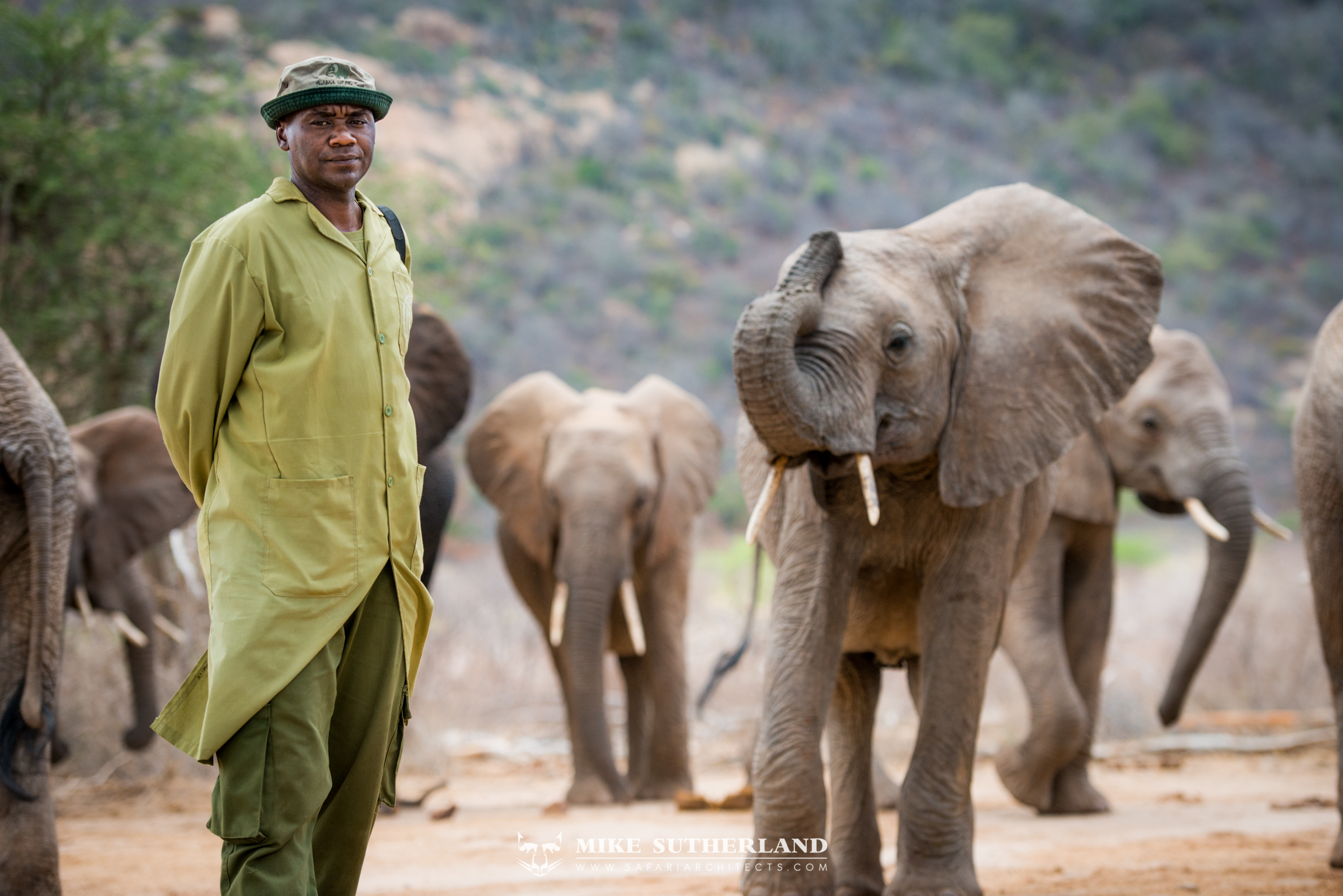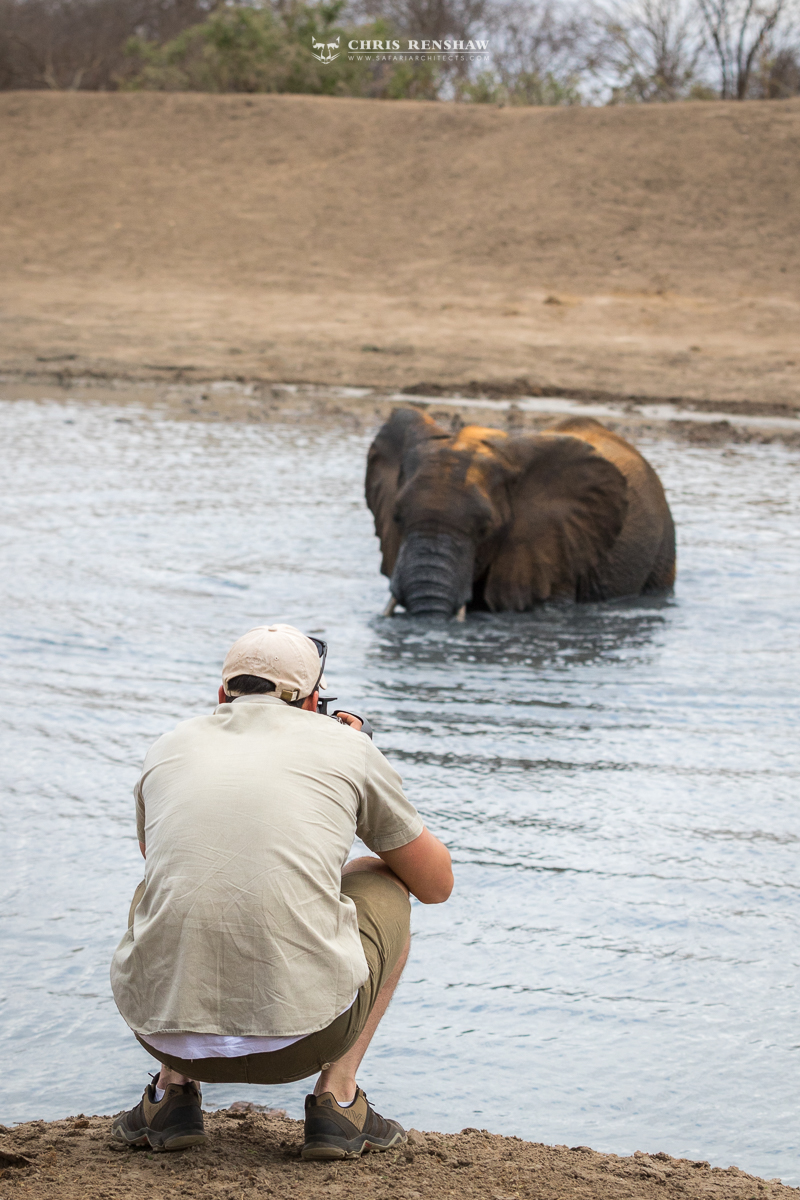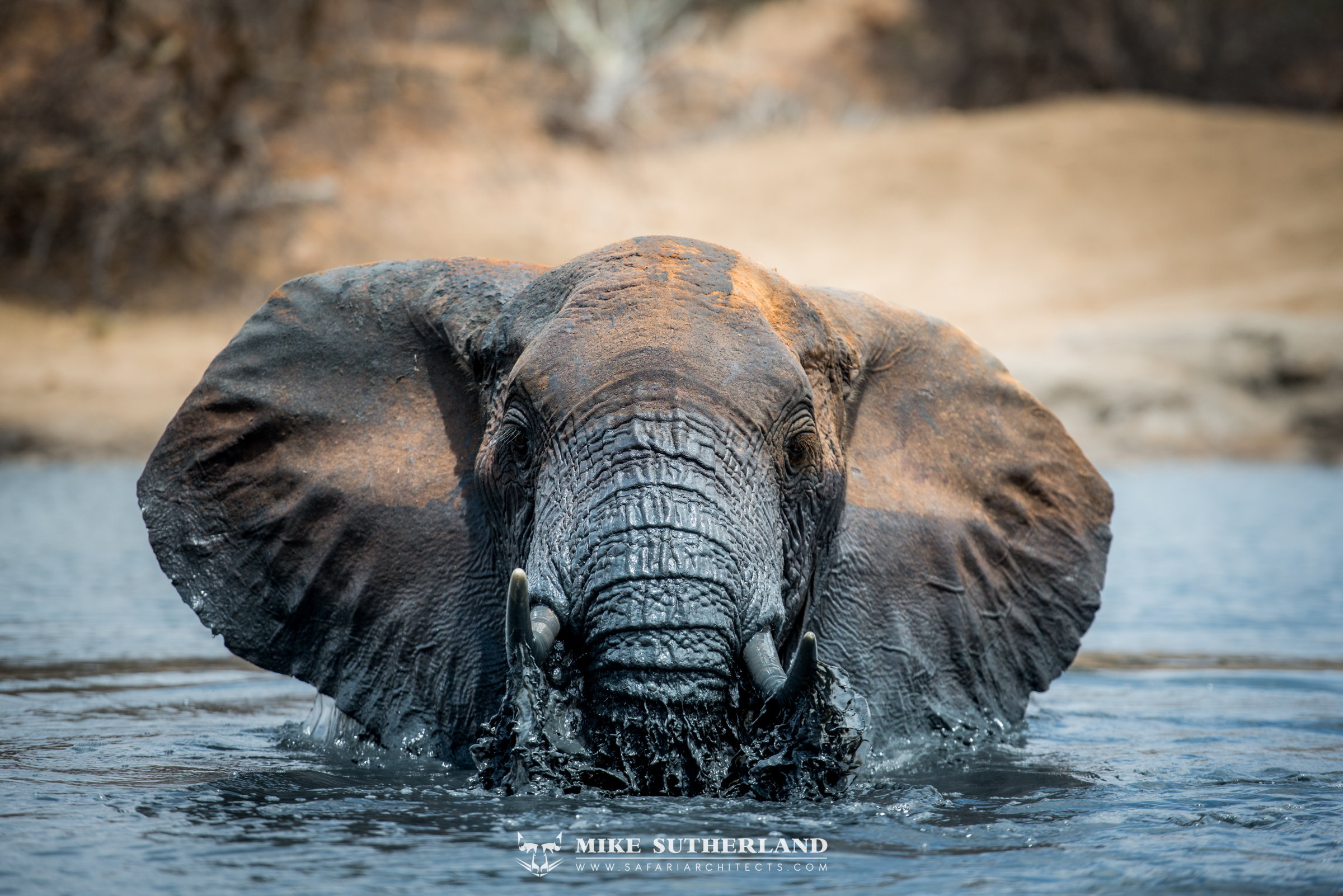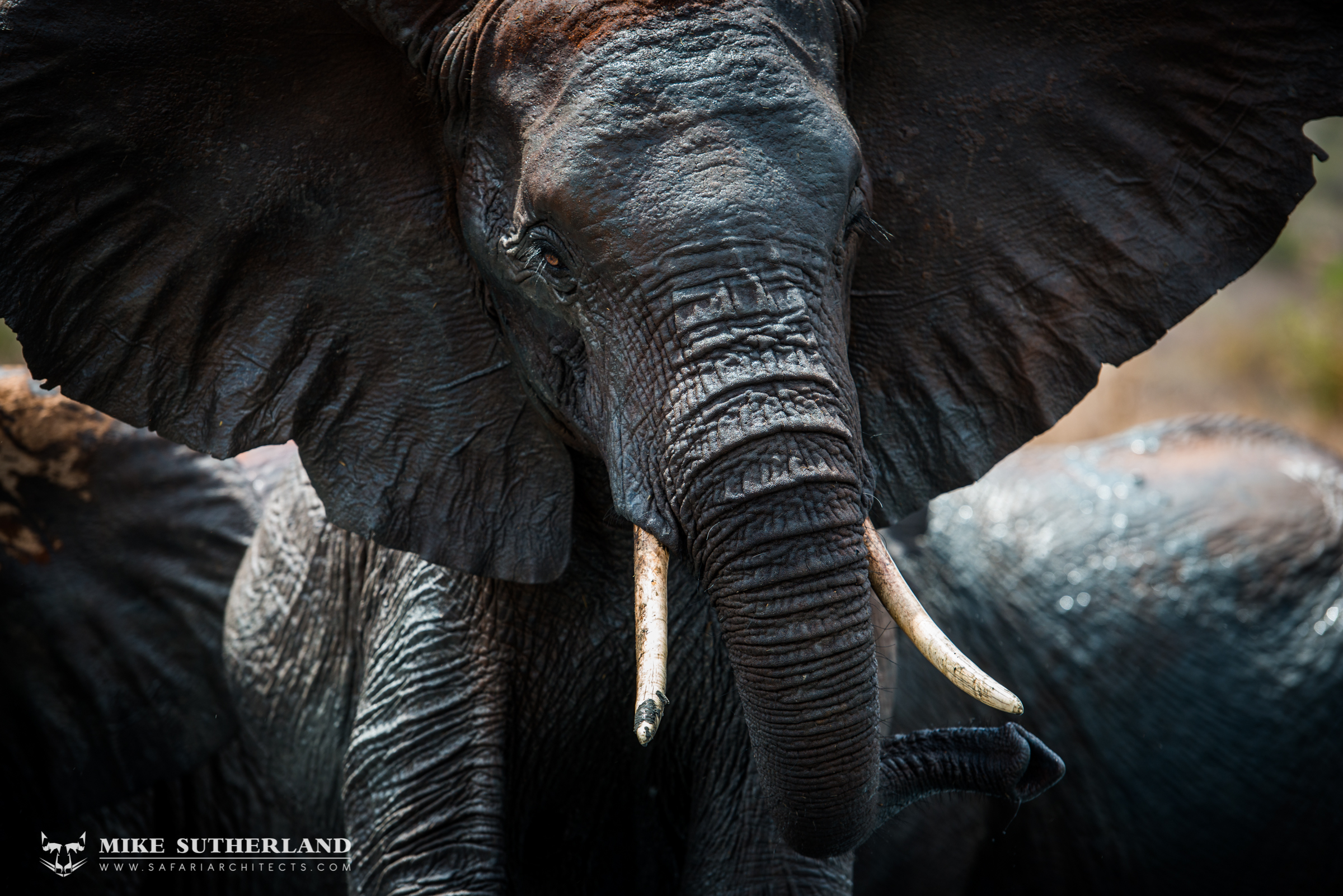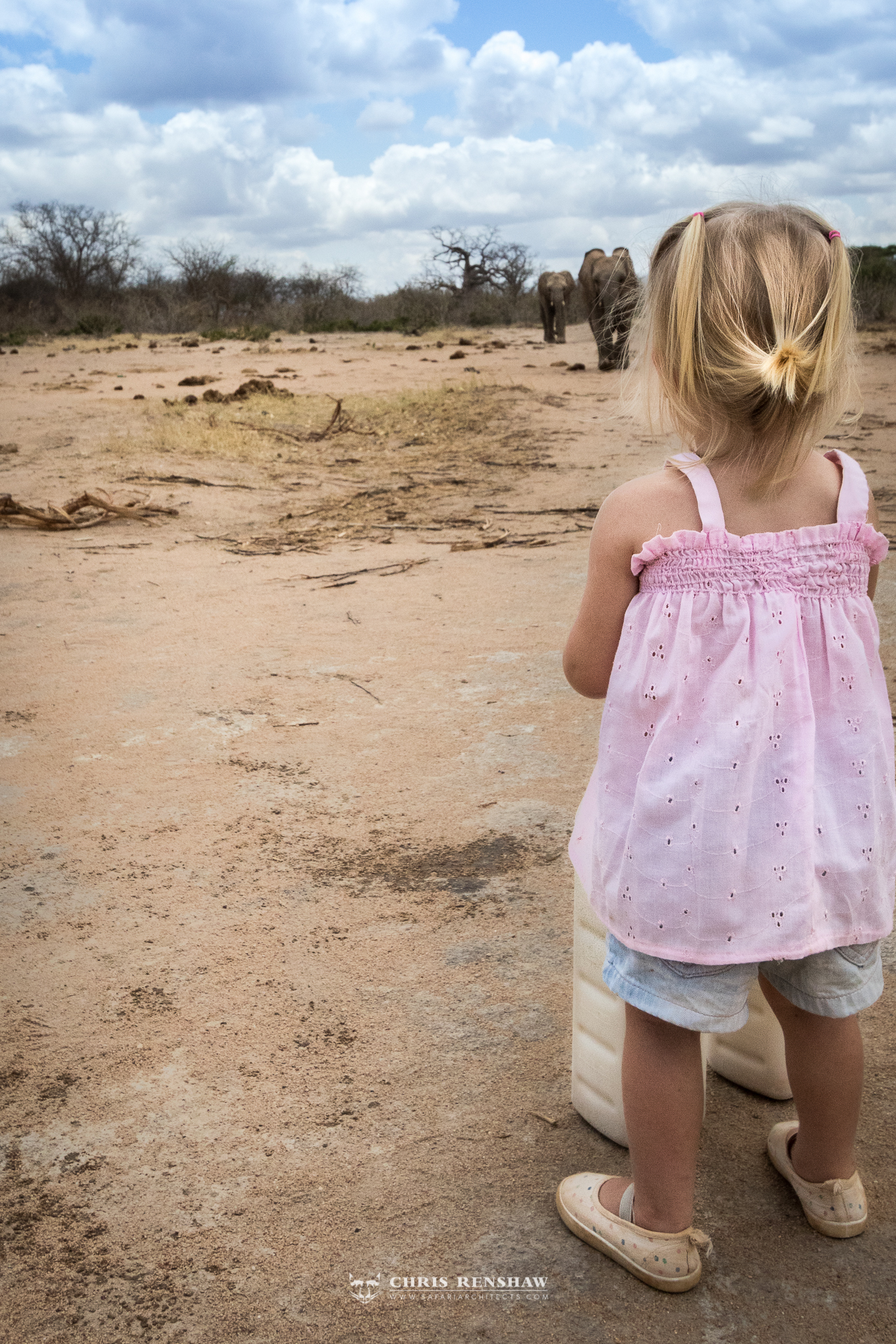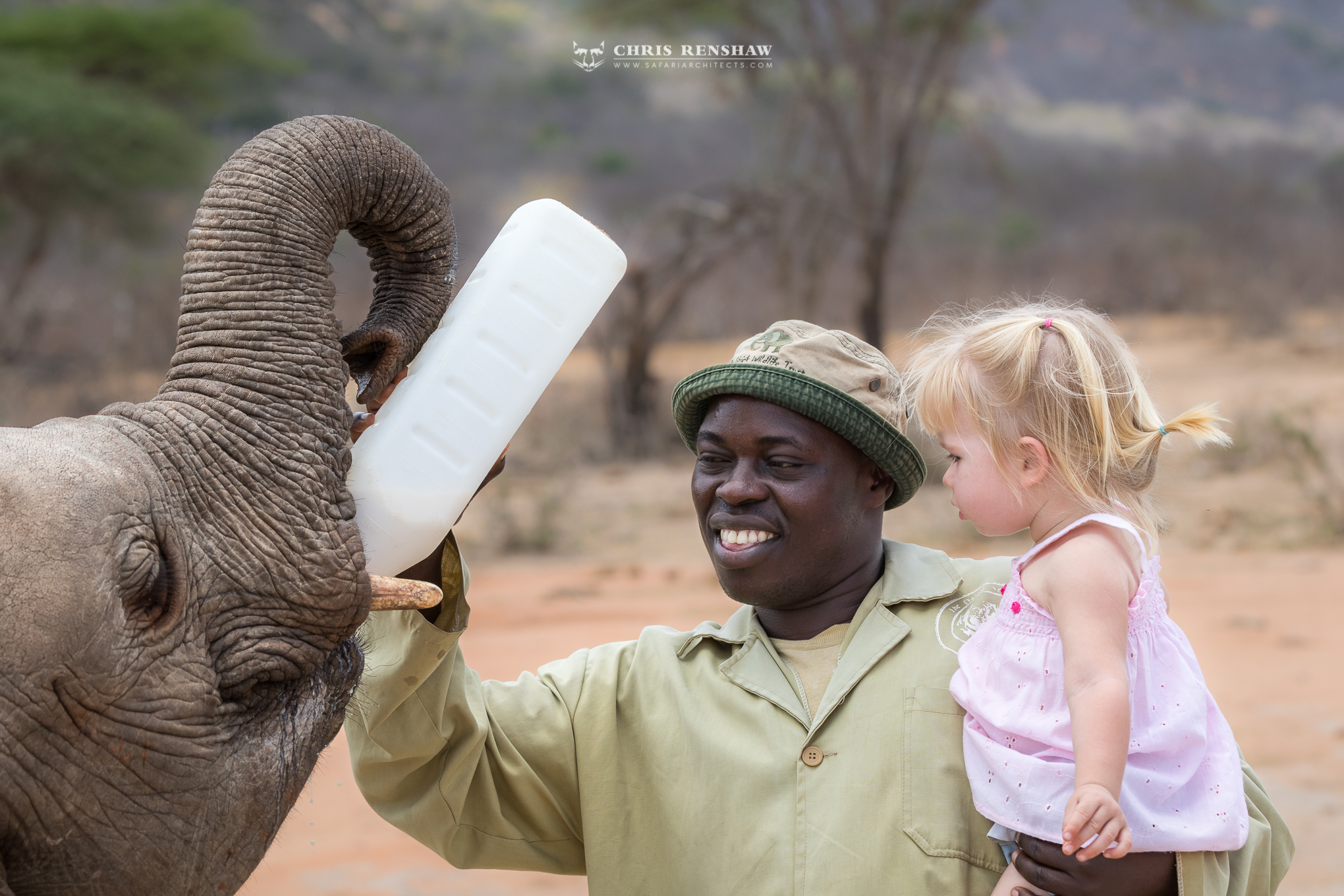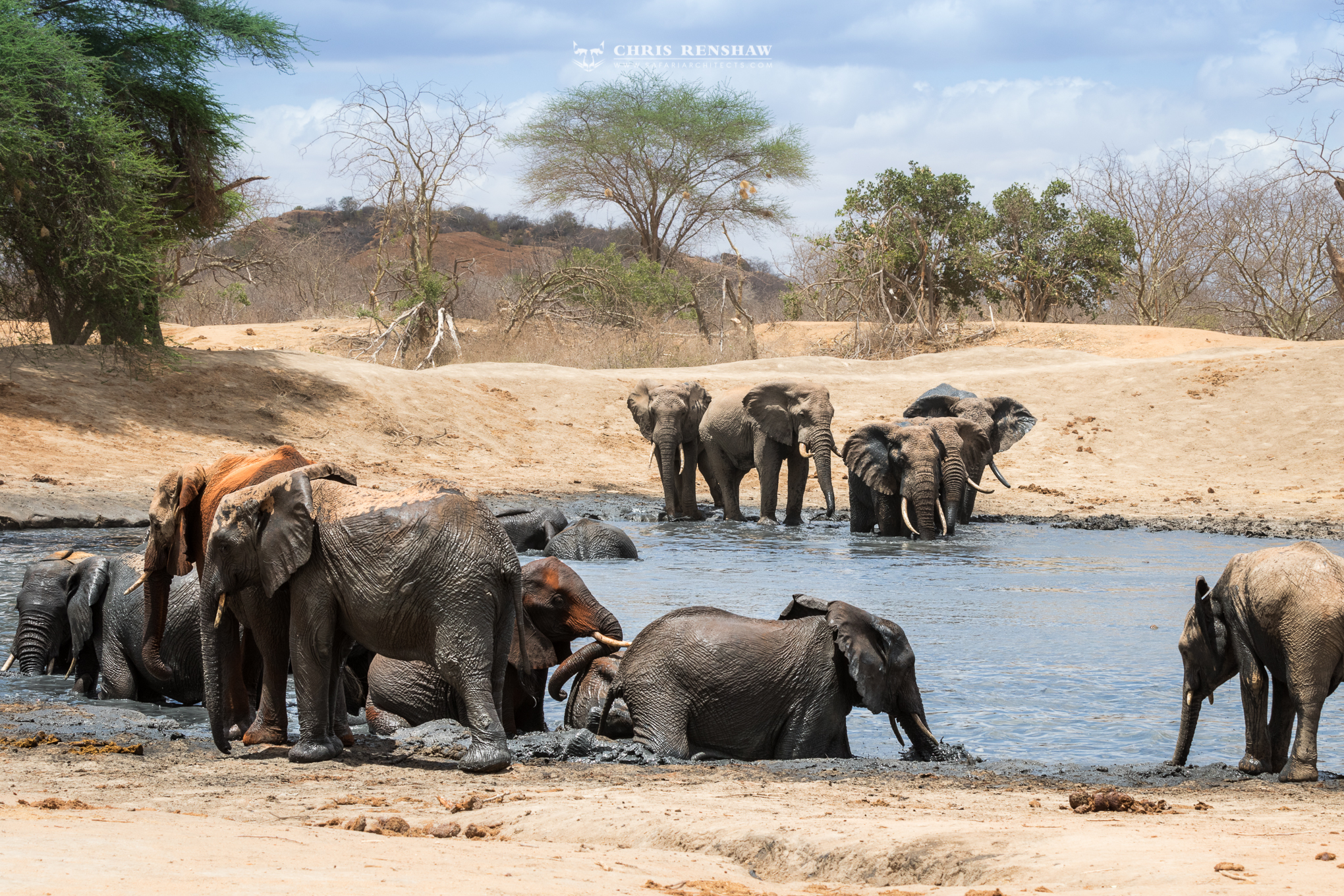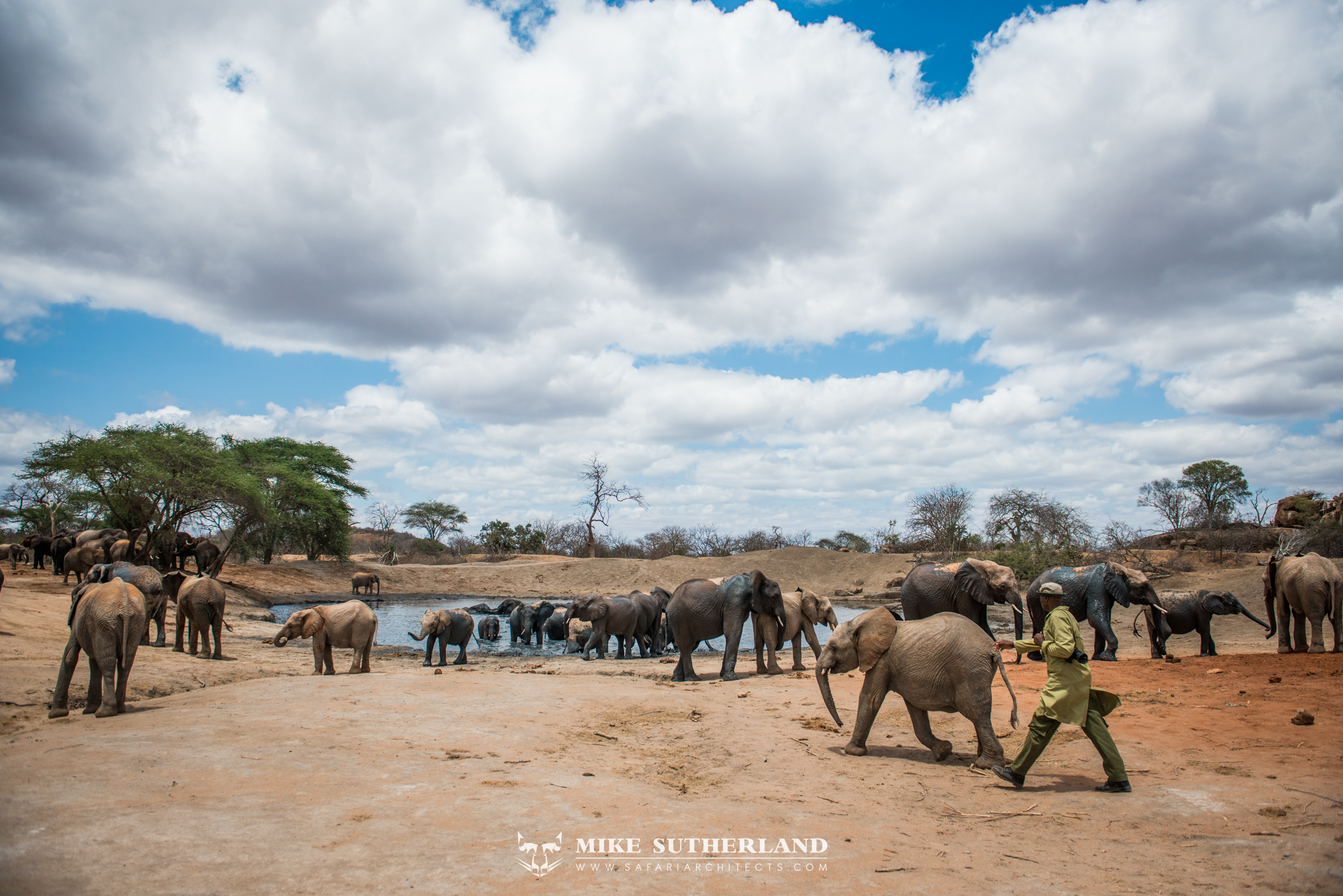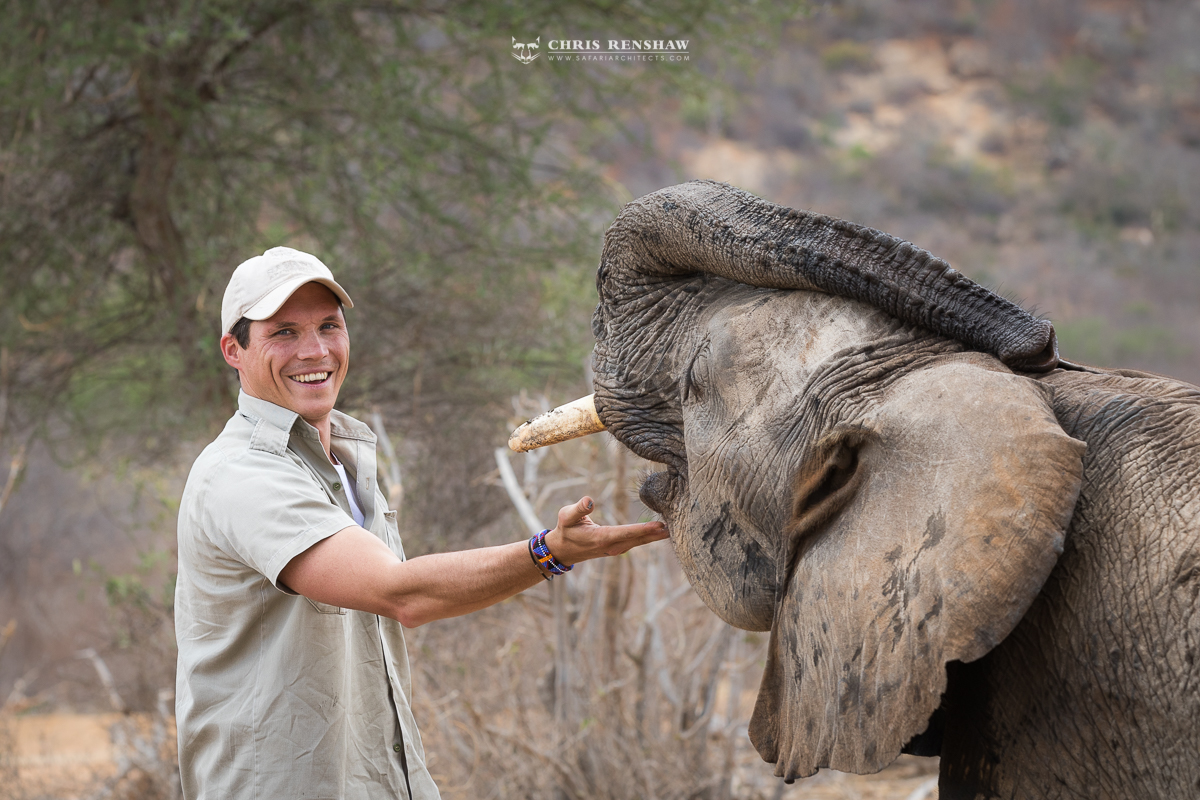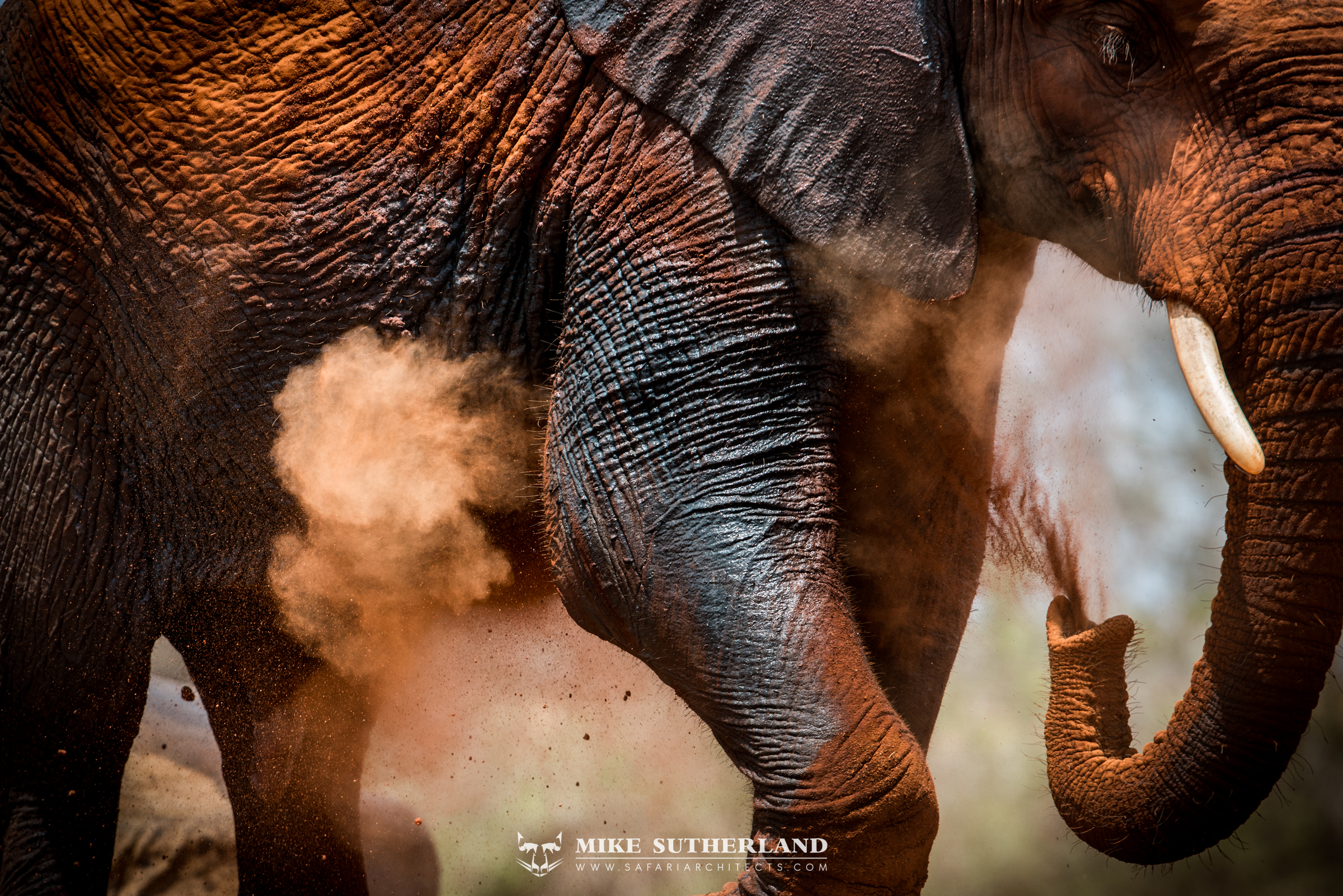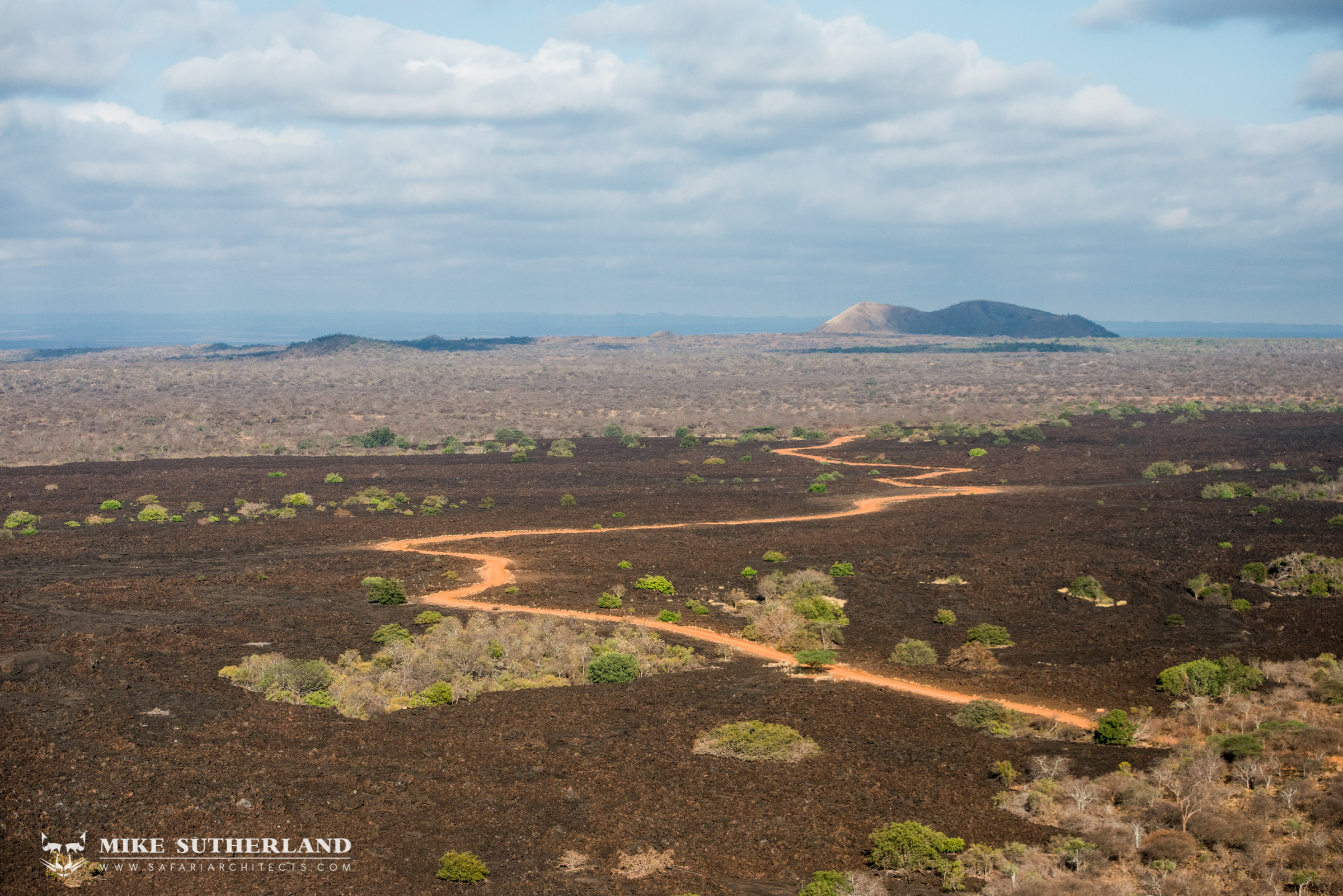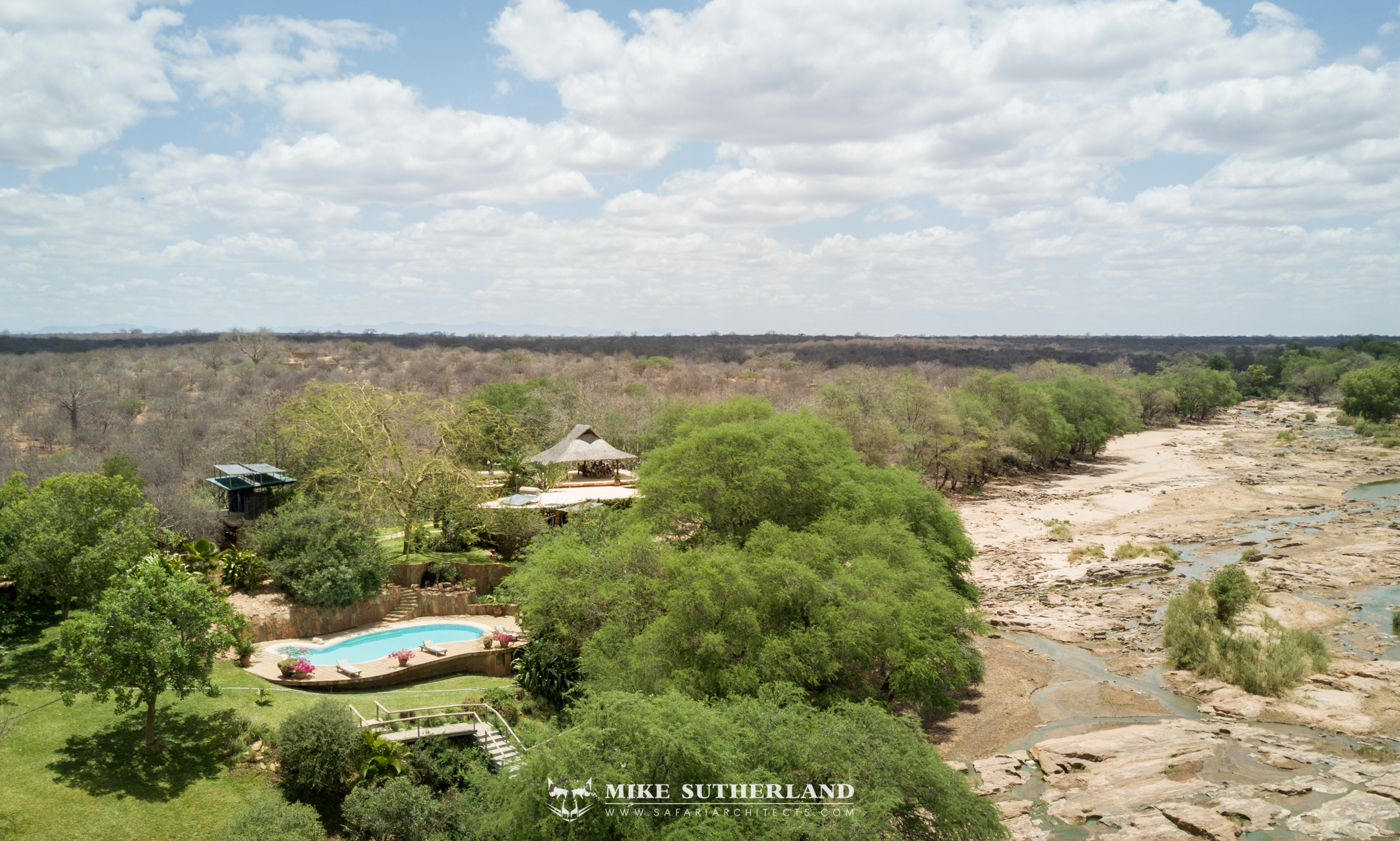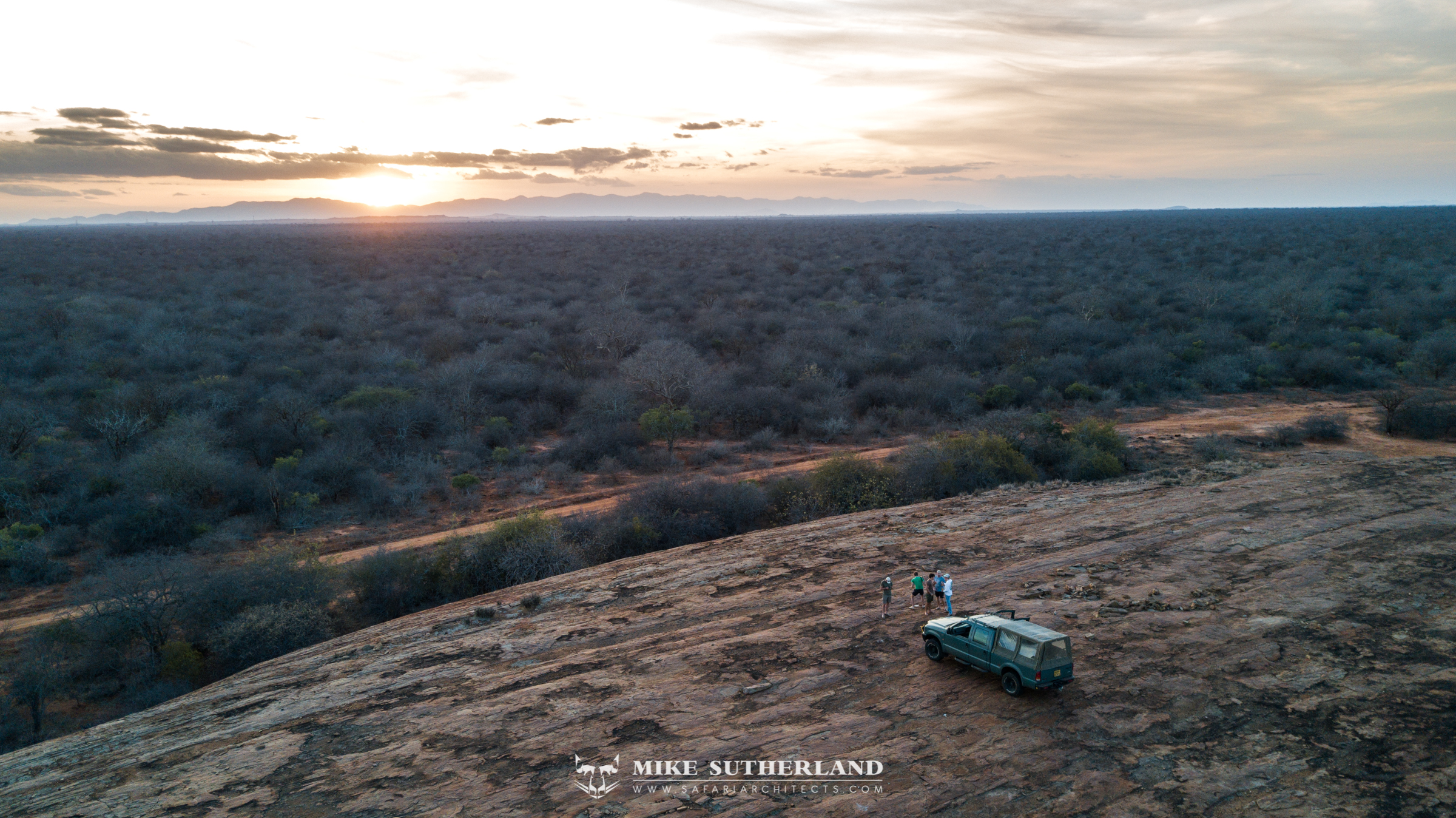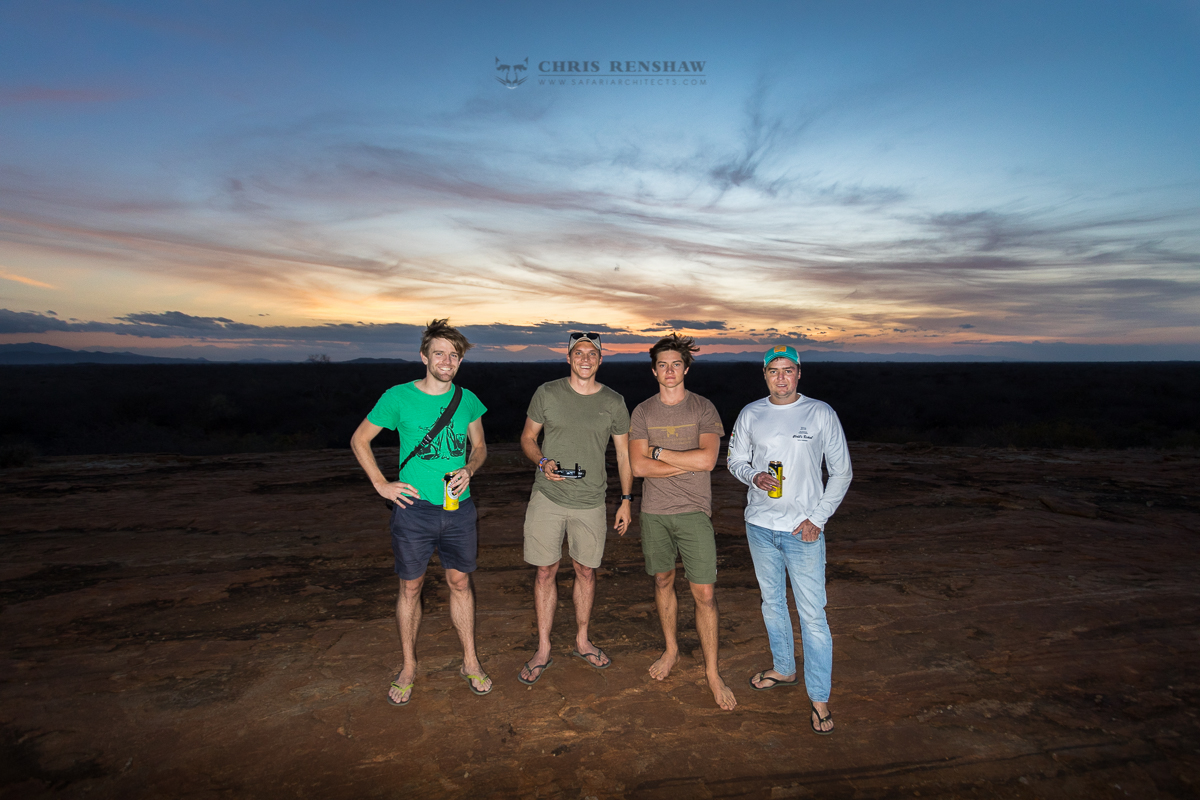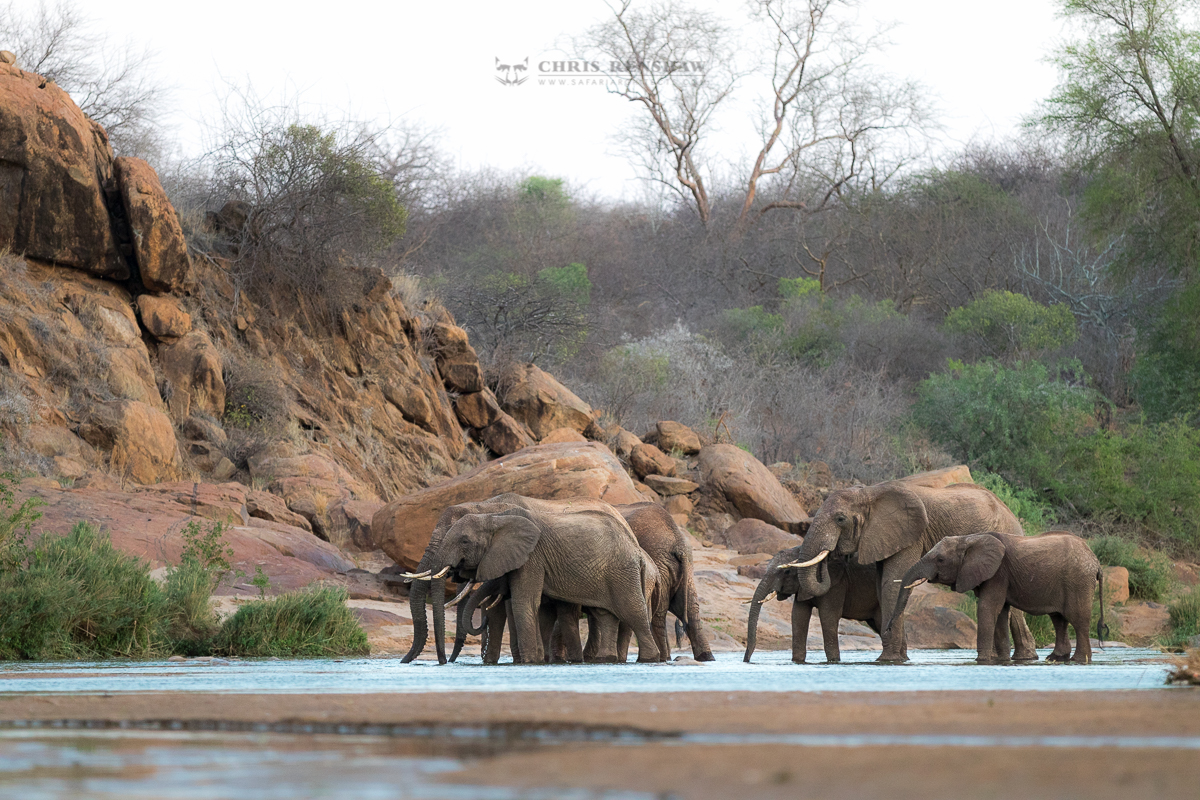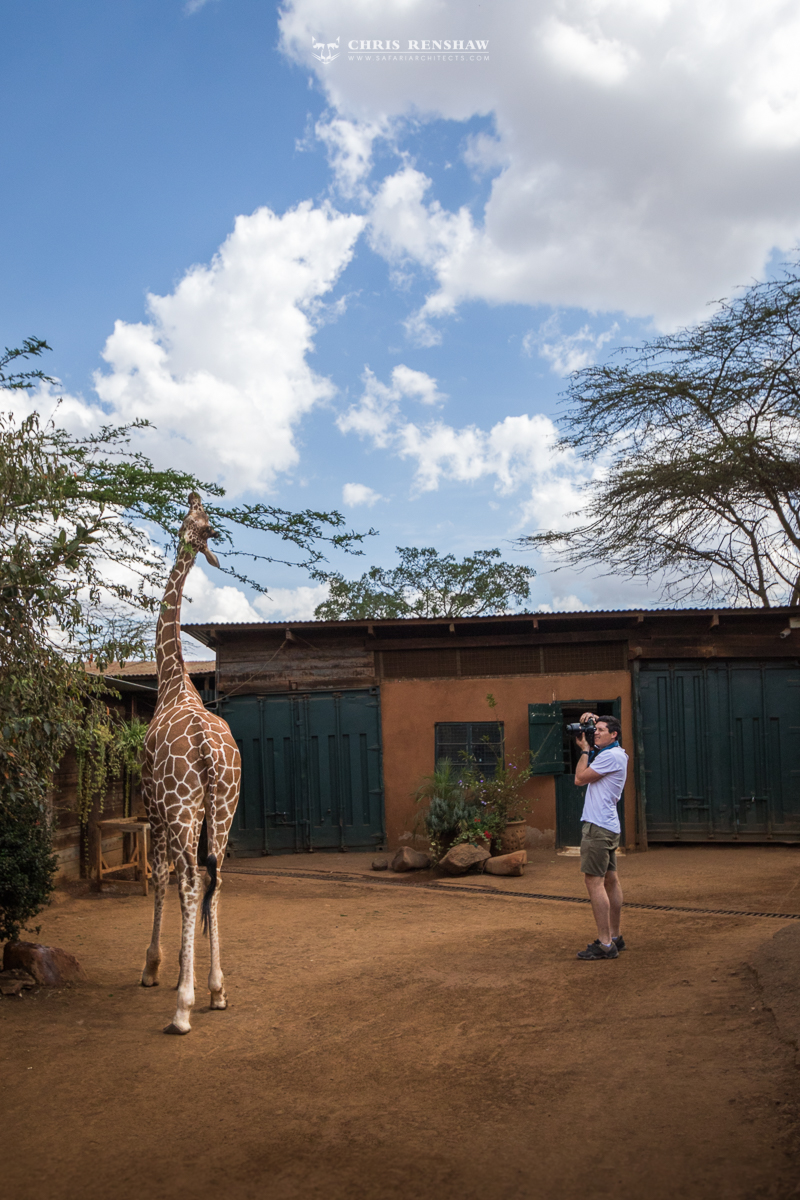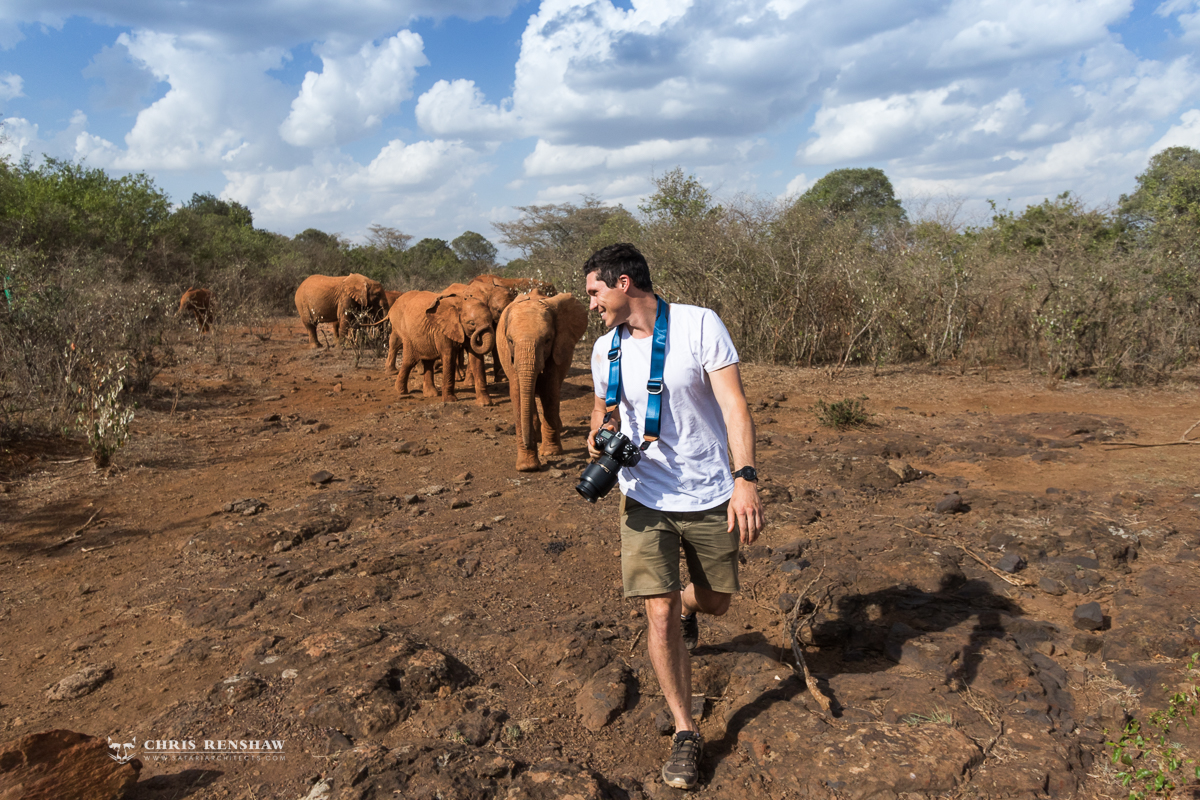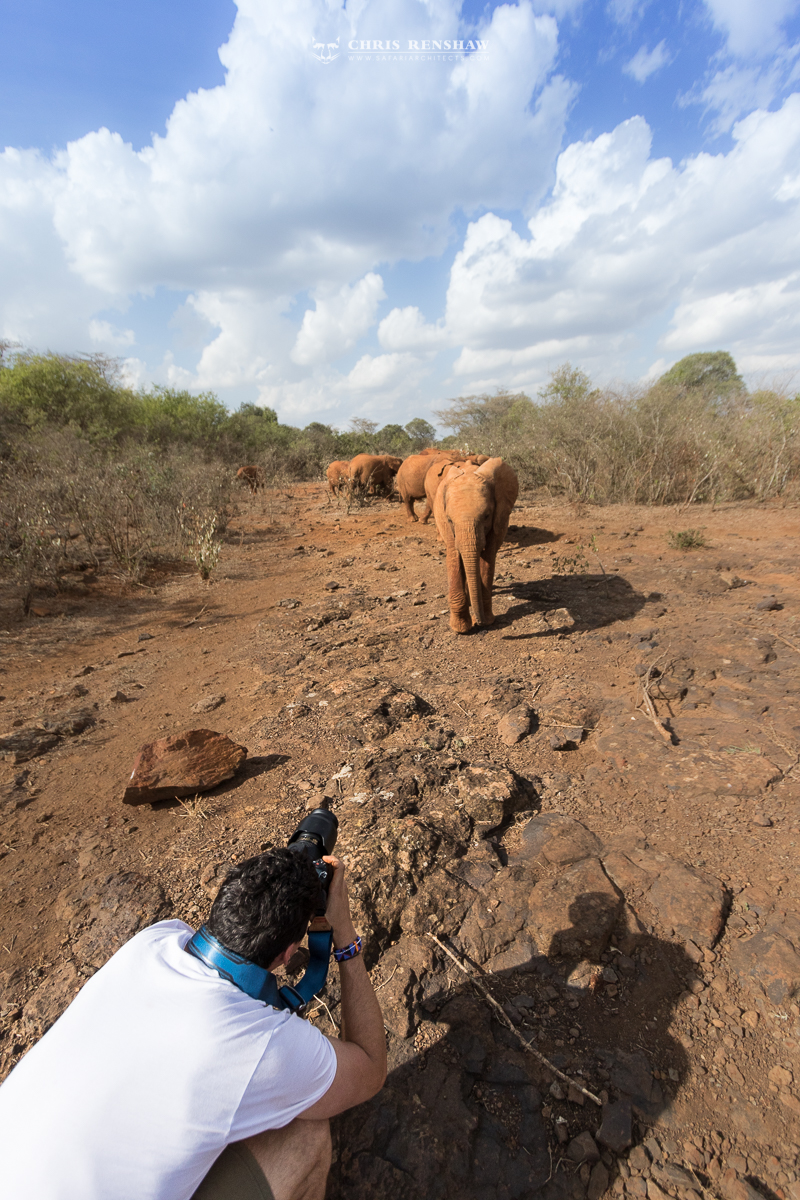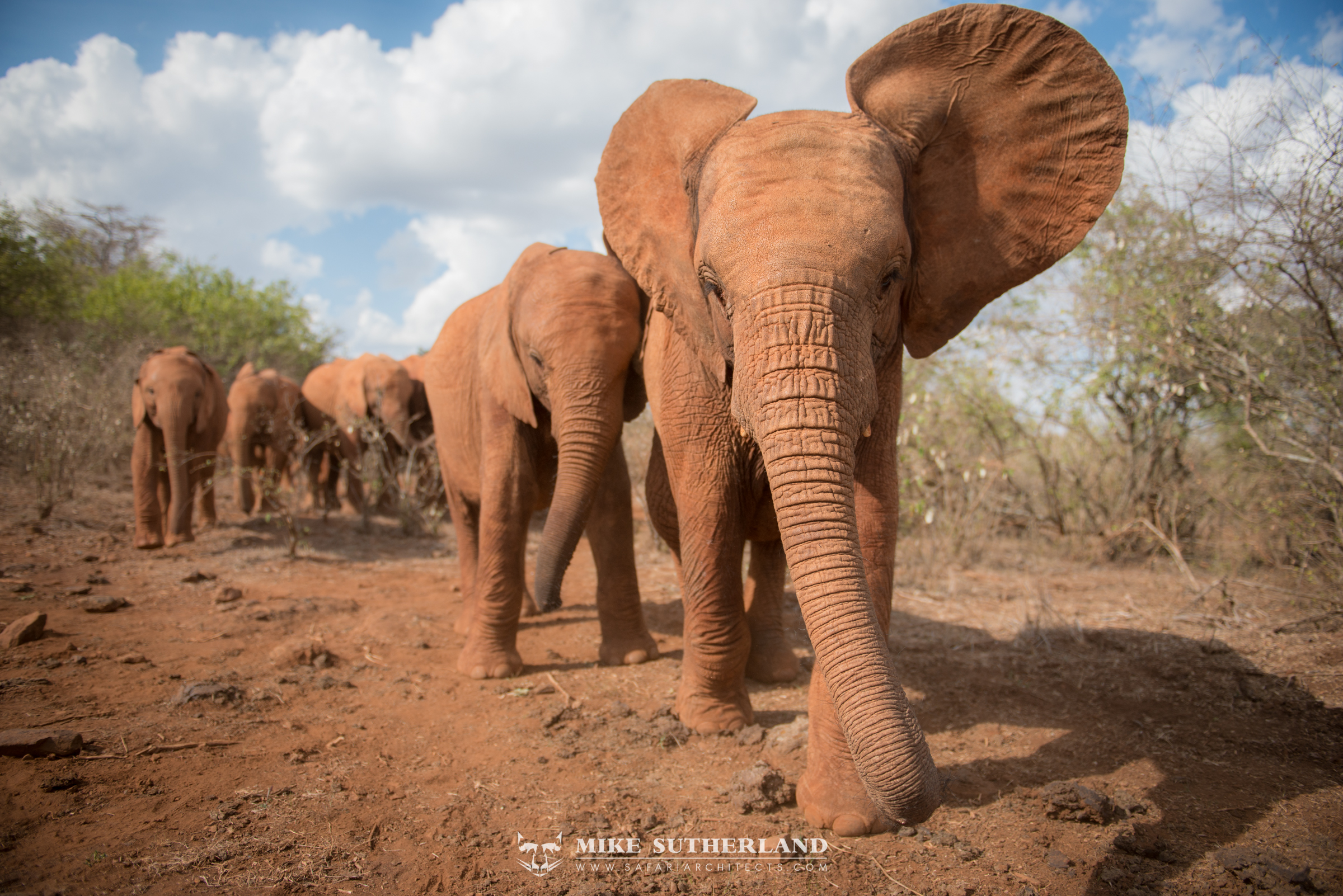The David Sheldrick Wildlife Trust
In 1977 The David Sheldrick Wildlife Trust was founded by Dame Daphne Sheldrick, in honour of her late husand, David Sheldrick, the founding warden of Tsavo East National Park. Today, the Trust is the most successful “orphan-elephant rescue and rehabilitation program in the world and one of the pioneering conservation organisations for wildlife and habitat protection in East Africa.”
There mission statement:
The David Sheldrick Wildlife Trust embraces all measures that complement the conservation, preservation and protection of wildlife. These include anti-poaching, safe guarding the natural environment, enhancing community awareness, addressing animal welfare issues, providing veterinary assistance to animals in need, rescuing and hand rearing elephant and rhino orphans, along with other species that can ultimately enjoy a quality of life in wild terms when grown.
At the heart of the conservation project are the elephant orphanages (now an internationally recognised programme) where elephants, and other orphaned or injured animals, are hand reared and rehabilitated to be successfully integrated back into a wild environment.
In September, Chris and I had the opportunity to head up to Kenya to visit the Trust and spend time with various factions of their conservation projects. Having strong ties with the Sheldrick and Carr-Hartley families, we were invited to spend some intimate time with the people who make this project such a success. We were also able to spend one-on-one time with the animals which the Trust spends its time rescuing and rehabilitating.
After a lengthy trip along the great east road from Nairobi toward Mombasa, we arrived at our destination at Mtito Andei before heading into Tsavo East National Park. We were to spend the next few days at the Trust house on the Athi River with Taru Carr-Hartley (grandson of Daphne Sheldrick) and the pilots of the DSWT Air-wing.
Their mission is to pro-actively curb poaching of elephants for their tusks by being ever-present. Every day they are up in the air scouting different locations, looking for poached elephants, poachers camps, sick elephants, snared animals, animals weakened from the drought and local cattle herds within the National Park. The list is endless but their work is making a huge difference to the longevity of the park and the animals within them.
For the next few days we would spend time with the team in the air and on the ground visiting the Canine Unit and the Orphanages to see, first hand, the work they are doing.
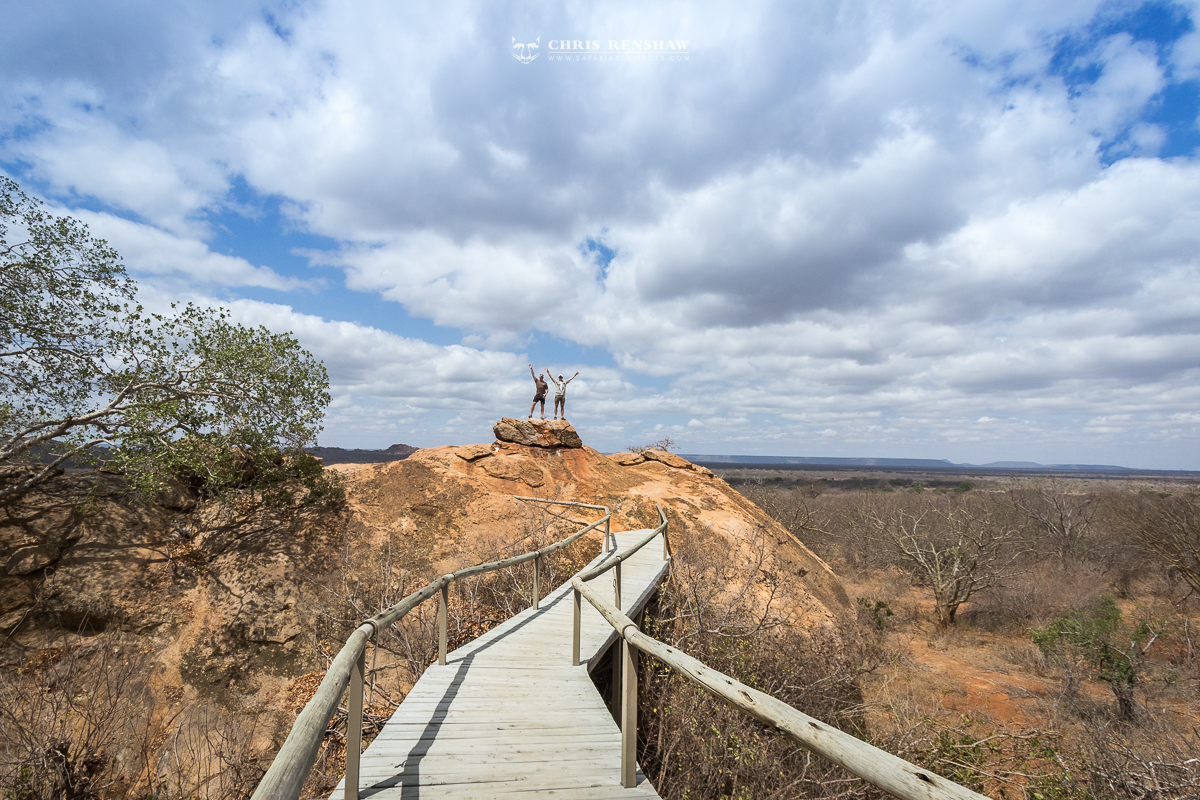
Ithumba private camp is built into the side of a mountain with rocky boulders everywhere. Beautiful!
After a quick flight across the National Park, we landed in Ithumba where we visited the beautiful private camp nestled into the hills before heading out to see the elephants at the mud-wallows.
Every day the orphans are lead from their stockade to an ancient mud-wallow that is littered with wild elephants, coming from far and wide, during the dry season to take advantage of a few resources that are now common place here. Firstly, the perfect mud-bath. During the heat of the day, the elephants mingle, play and socialize with one another whilst also enjoying a soothing mud-wallow to cool themselves off. Secondly, access the fresh water. This water is trucked in daily and deposited into a large well for all the elephants to enjoy.
The most eye-opening part of the entire experience was to watch the keepers at work. These are the committed people who look after the elephants day in and day out, spending every waking and sleeping moment with these young animals tending to their every need. Ultimately they also play a huge role in their reintegration into the wild herds of Tsavo. The keepers, after many years of working in this area, have almost become a part of the landscape and are seen to the wild elephants that visit the mud-wallow as common place. They are able to approach the wild elephants on foot and calmly gesture them to move away from the fresh water to make way for the little calves to come and get drink.
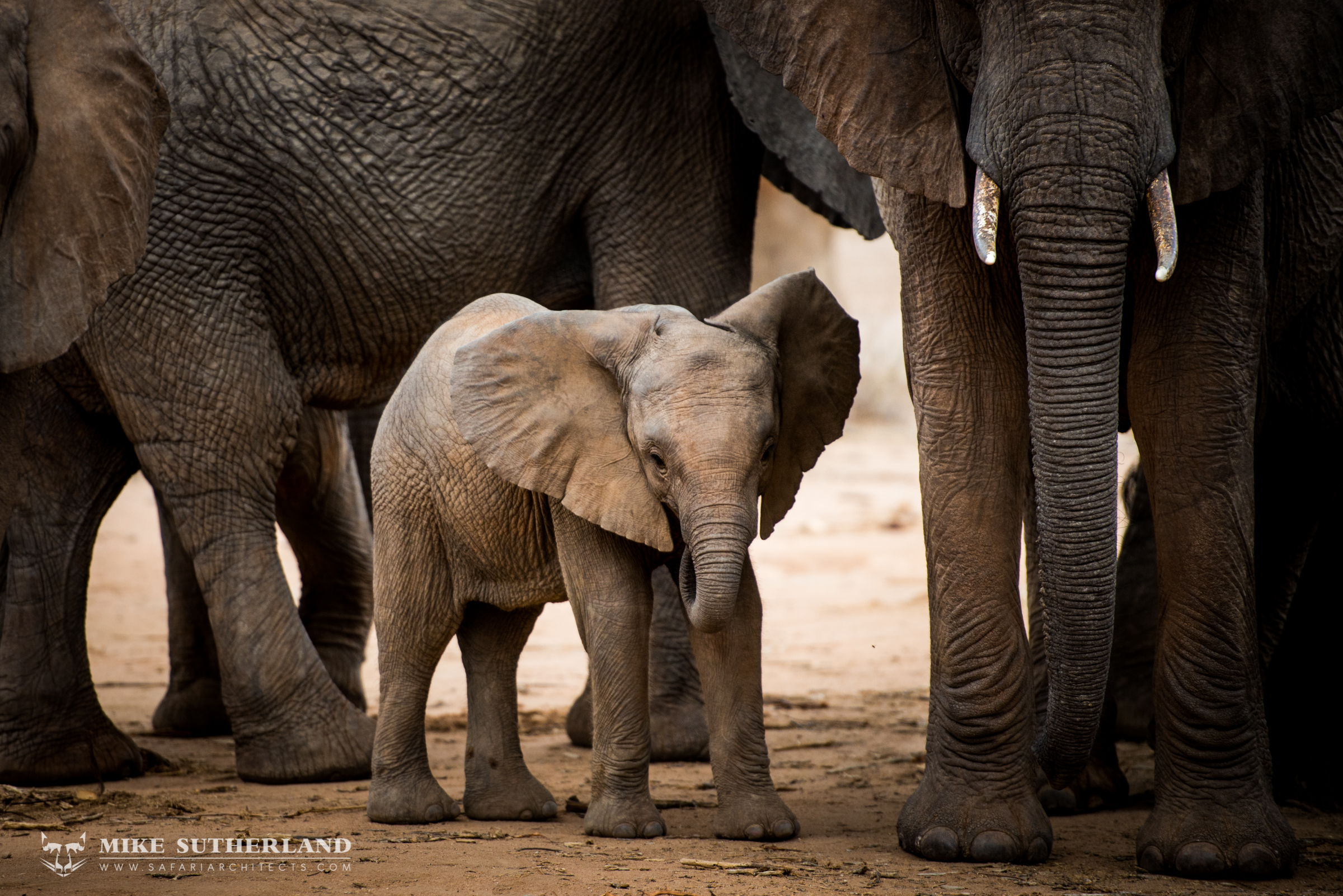
This young elephant calf was born in the wild, its mother, an ex-orphan of the Trust. Amazing to see the story go full circle.
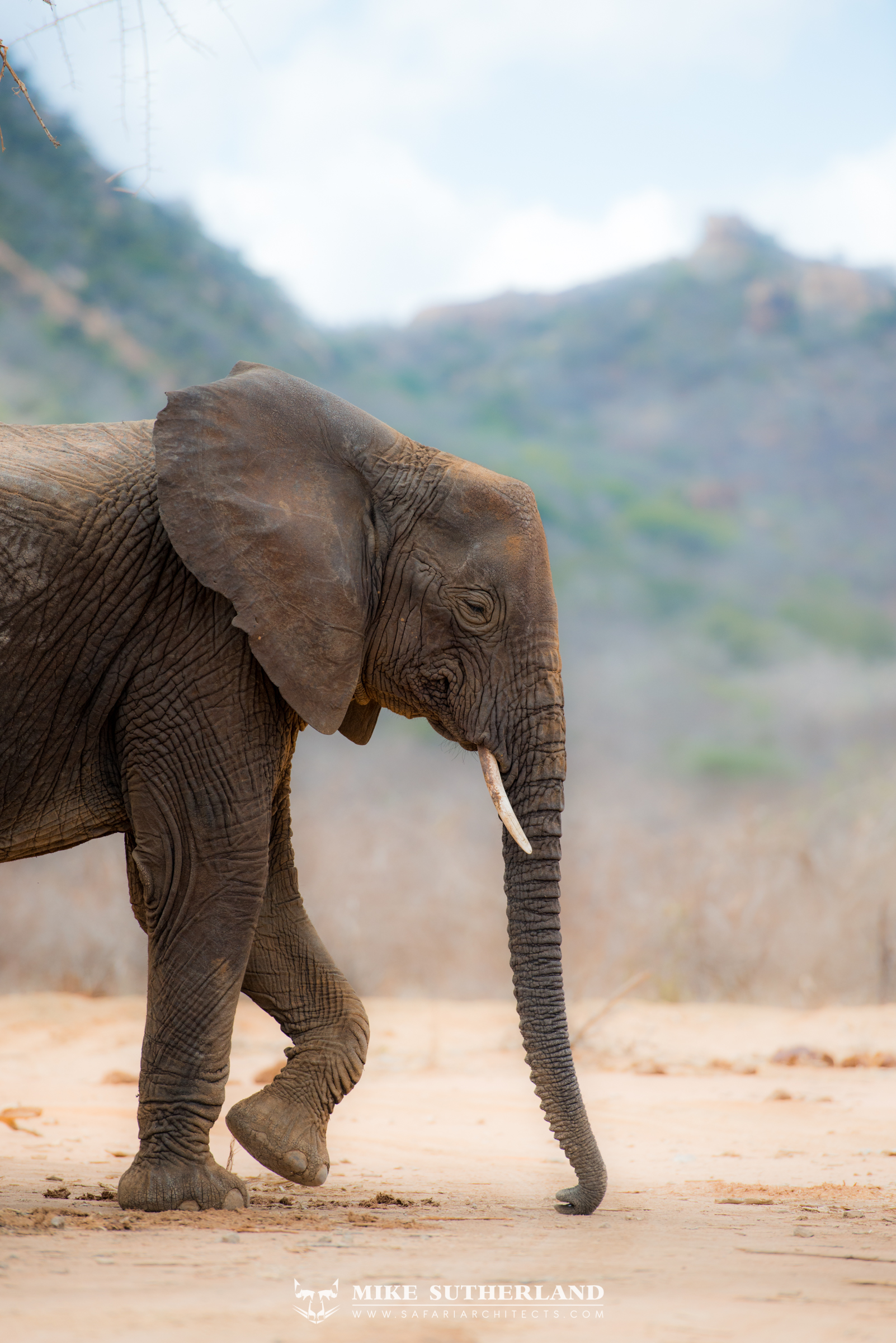
On arrival at Ithumba, we were greeted by multiple herds of elephants. They only gave off a welcoming aura.
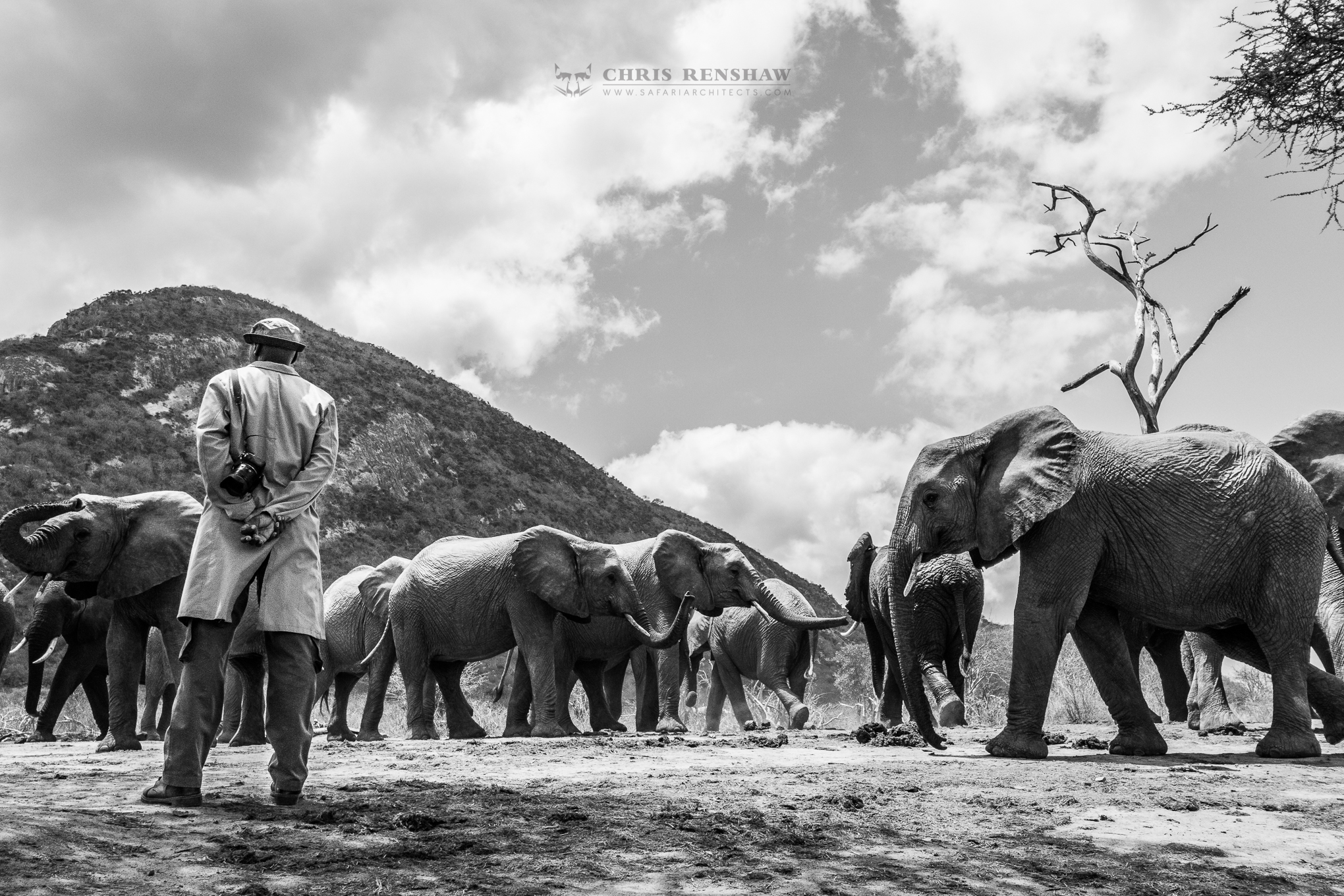
Benjamin and his elephants. This man commands so much respect, even amongst the wild elephants. His demeanour is so calm and respectful, that all the animals know and communicate who he is.
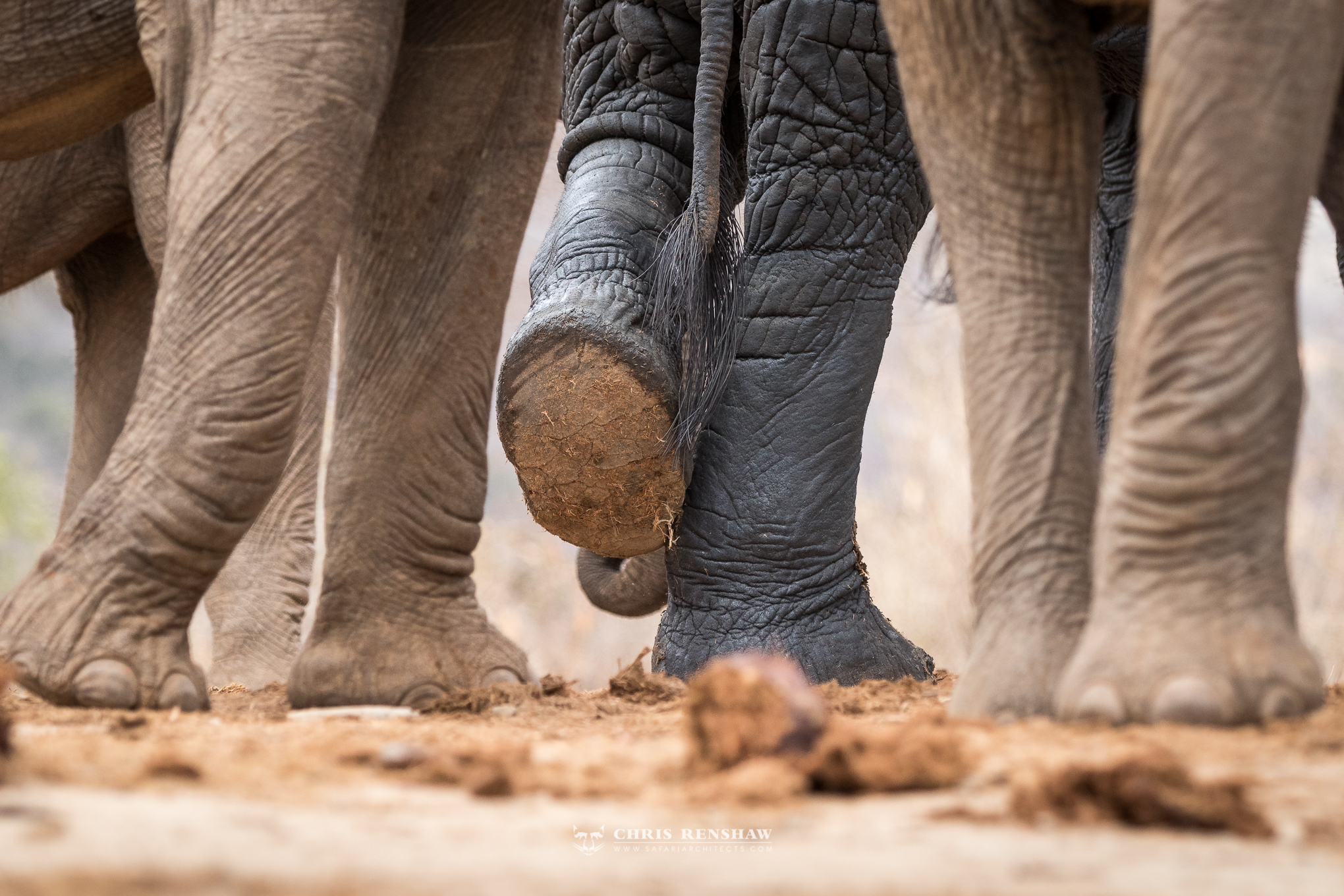
A young elephant stands out from the crowd as it has shed its Tsavo dusty coat after having a cool and refreshing swim.
As visitors here, we were able to walk among the elephants, wild and orphaned, and interact with them on such a deep level. Photographing them in such an intimate setting is something I will never forget, but for much of the time I found myself just sitting and watching. Watching how these young elephants, raised by humans, are able to interact with wild elephants with no separation or segregation by either party. It is a success story one can only grasp once seen with one’s own eyes. This method of reintegration is what has made this project so successful, and it was playing out right in front of our eyes.
We were introduced to a tiny baby elephant, a wild-born elephant, whose mother was once an orphan of the DSWT. The story had gone full circle and continues to each day.
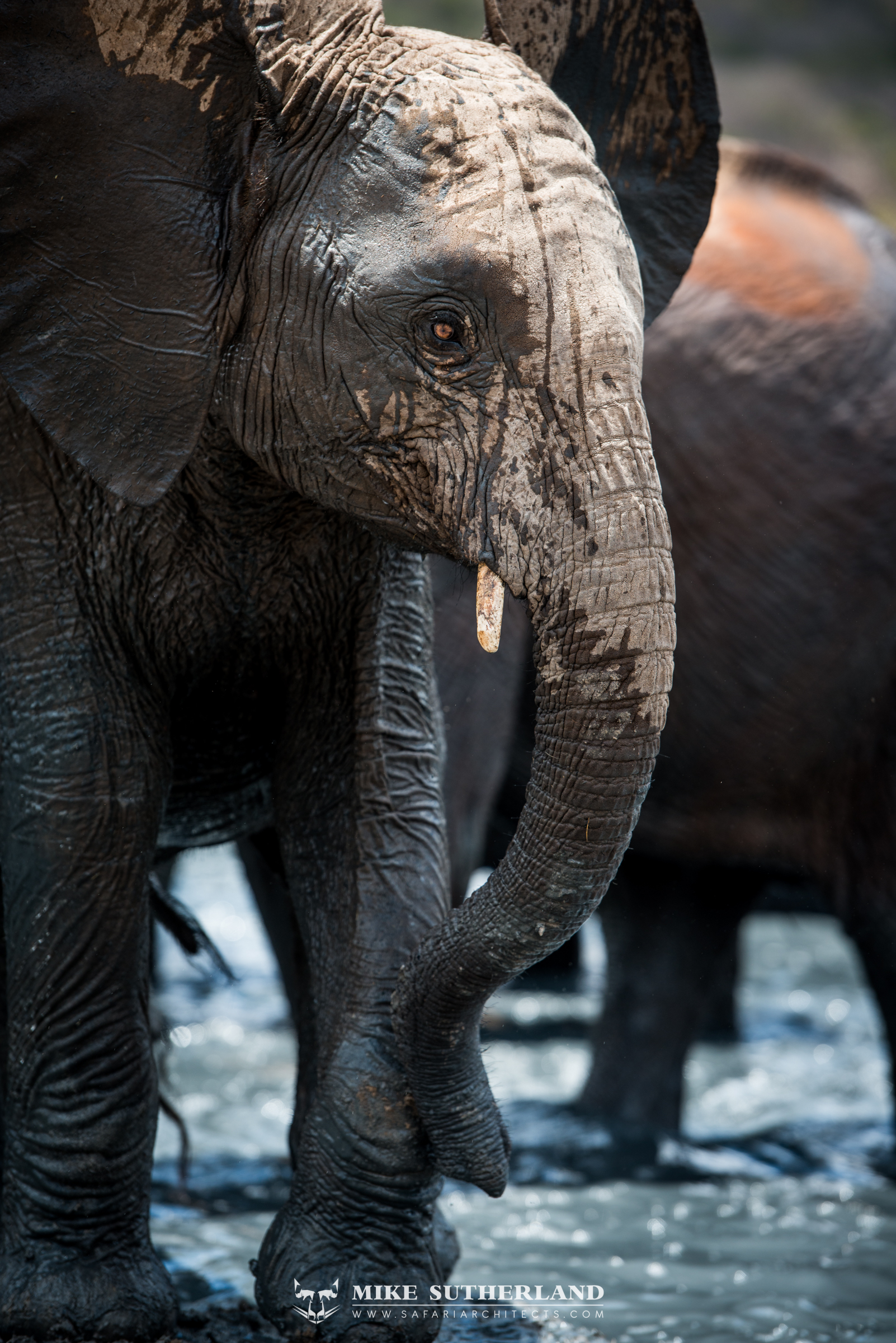
Playing in the mud-bath is not only fun for the elephants but helps to cool their bodies down on hot summer days.
From the stockades, the young elephants are led to the mud-wallow where they enjoy two bottles of milk each (unless they can sneak in a third while the keepers aren’t watching!) and are then allowed to go and play with the other elephants. The elephants spend a great deal of time with their keepers before venturing out into the wilderness to be normal wild elephants. Later in the day they return to the stockades where they rest for the night in secure stables, keepers still at their side.
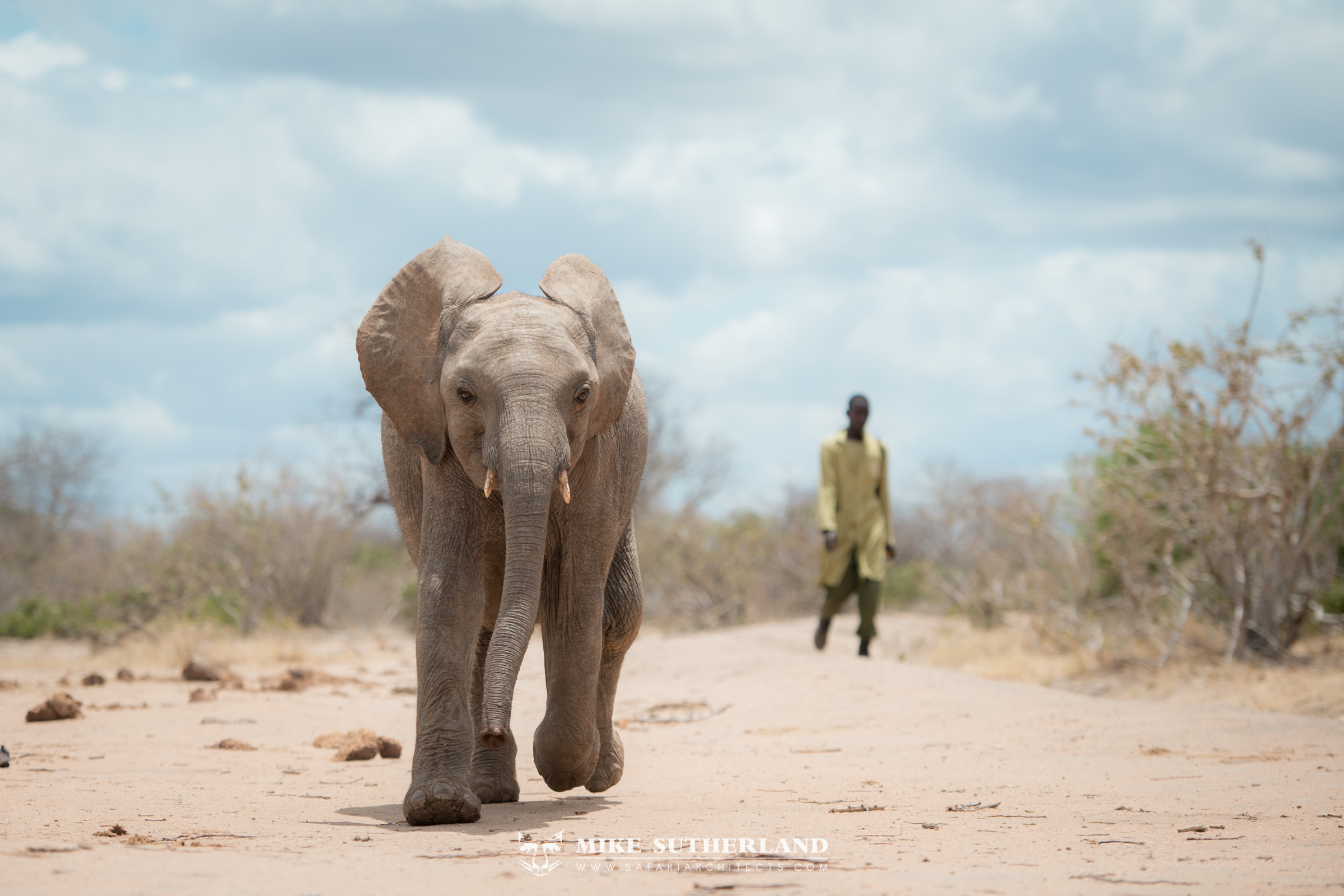
The young elephants are lead down to the mud bath from the stockades each day to interact with wild elephants.
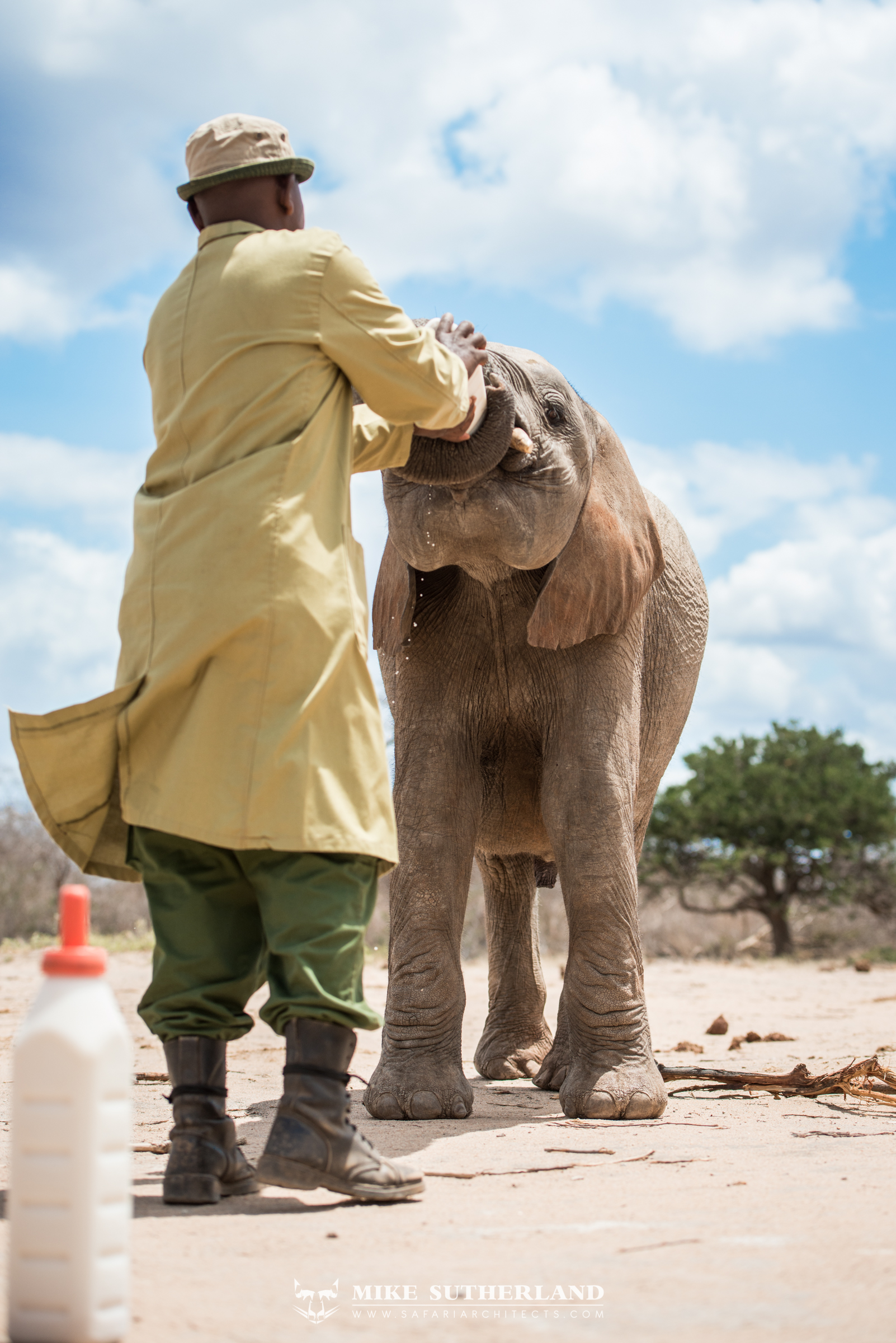
Each orphans gets 2 bottles of milk before getting a chance to go and interact with the wild elephants at the mud bath.
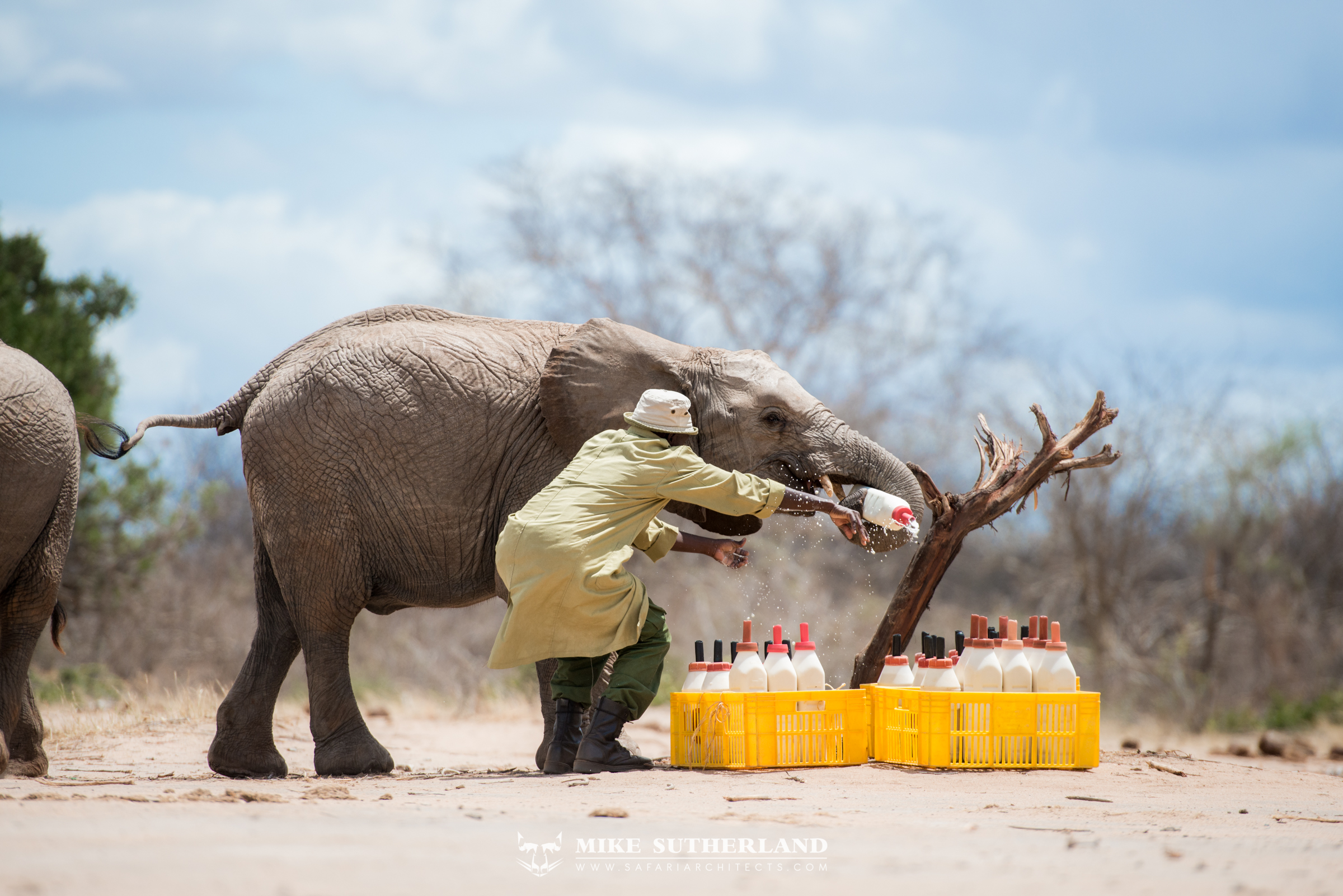
Its not always easy to limit them to 2 bottles. It is amazing to see how cunning and cheeky these young elephants are.
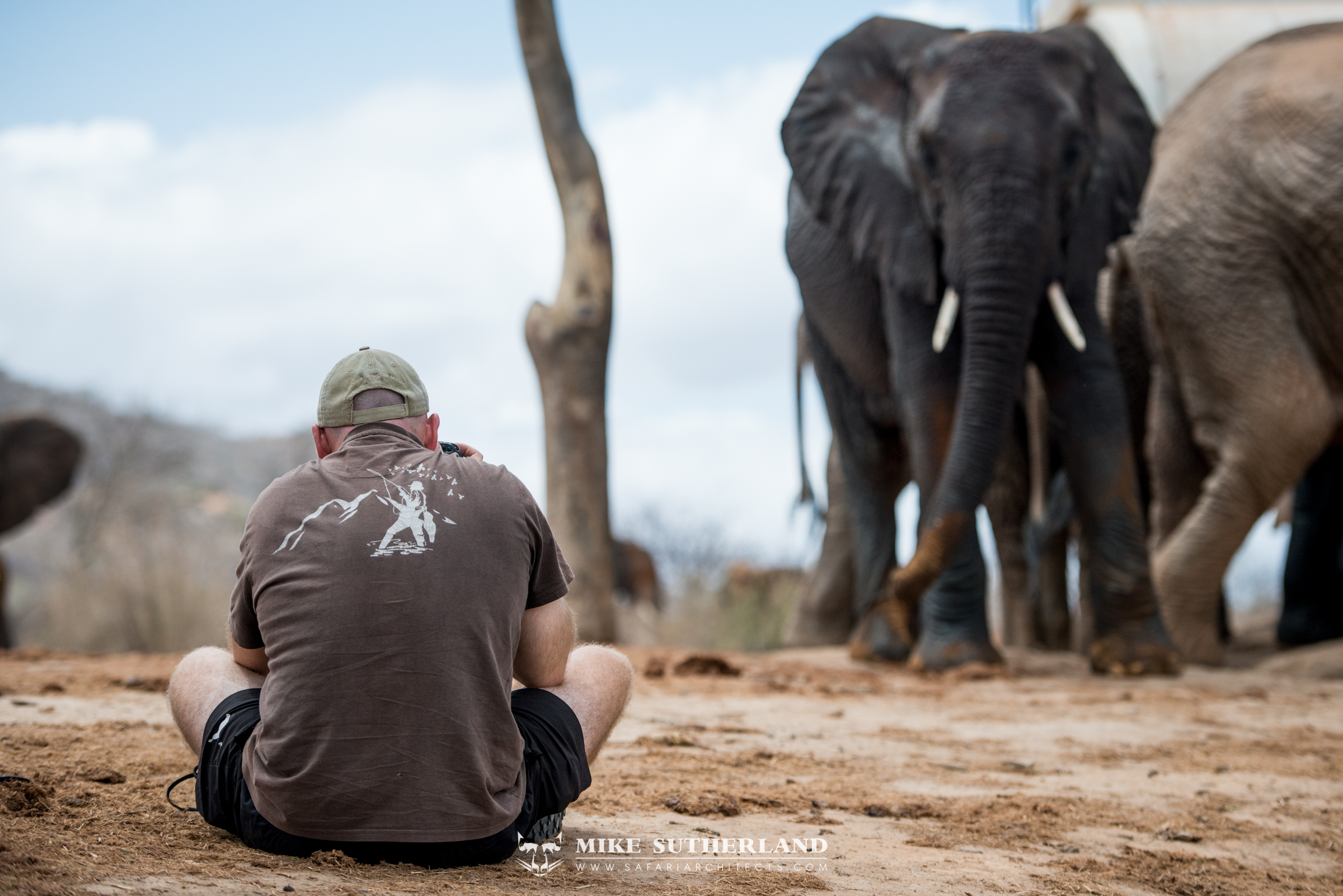
Being exposed to humans on a daily basis, these elephants, albeit wild, are used to the presence of humans.
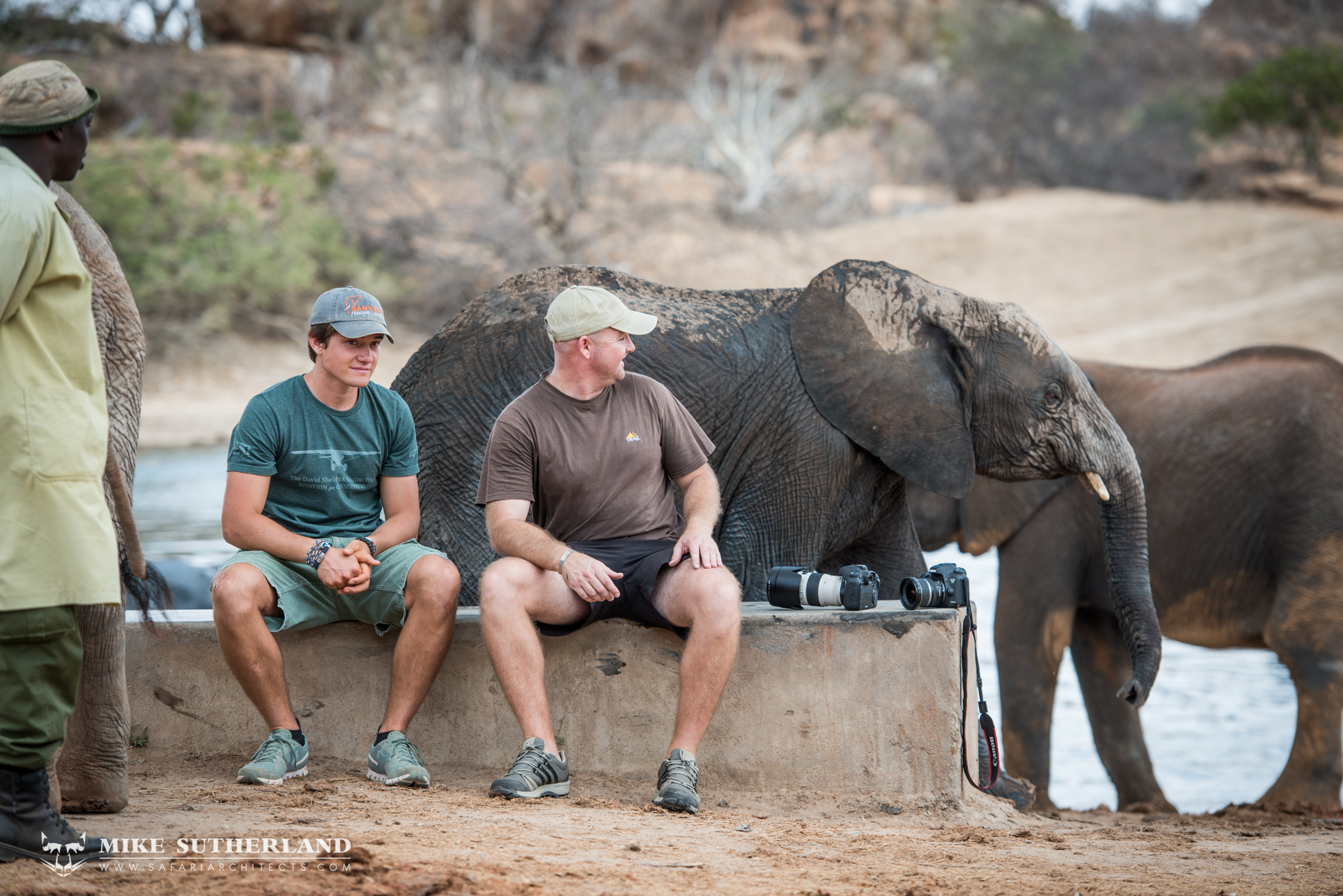
It is important to always watch your back with these playful giants close by. Their strength is greater than they know.
We were privileged to see this beautiful place from a different perspective, from high among the clouds. Flying over the reserve allows one to get an understanding of the vastness of the place. From horizon to horizon is a serene wildlife area, but one which is sadly under constant threat. Poachers are the obvious threat, however local herdsmen also cause concern as they require grazing resources for the large herds of cattle. We were eventually able to grasp the enormity of the task they are faced with on a daily basis.
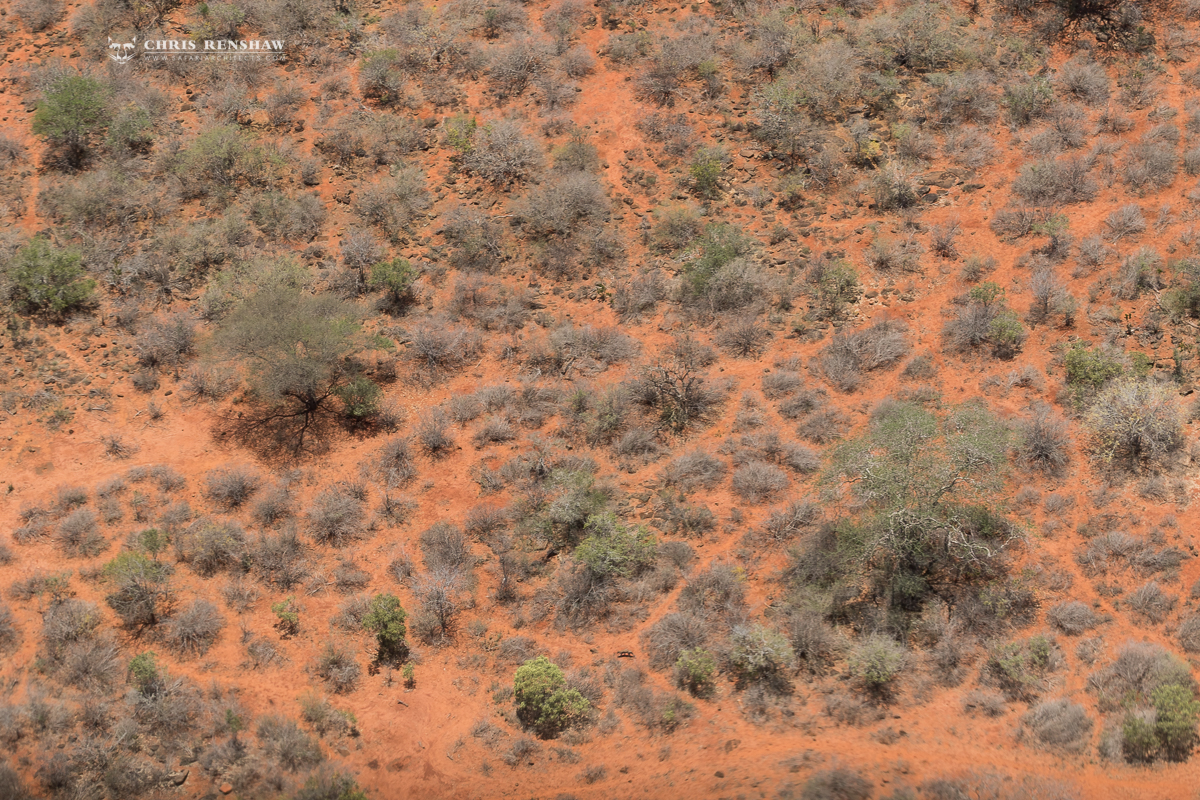
On our flight back to the trust house over the Yatta Plateau, Taru spotted a leopard. See if you can see it…
From Tsavo East we headed back to Nairobi where we visited the Elephant orphans at the David Sheldrick Wildlife Trust headquarters, which is based in Nairobi National Park. We visited the home of the incredible Daphe Sheldrick and explored the compound with her and another of her grandsons, Roan Carr-Hartley. We were then treated to a one-on-one experience of the baby elephants, the orphaned giraffe Kiko, a blind black rhino and the rest of the gang that call this place home.
Visiting such a unique and successful conservation initiative allows us, as the Safari Architects team, to have a greater knowledge and understanding of the world of conservation outside of high-end, luxury safari travel. It was an experience that I will carry with me wherever I go and I will forever talk of my time spent with these majestic giants and their amazing keepers.
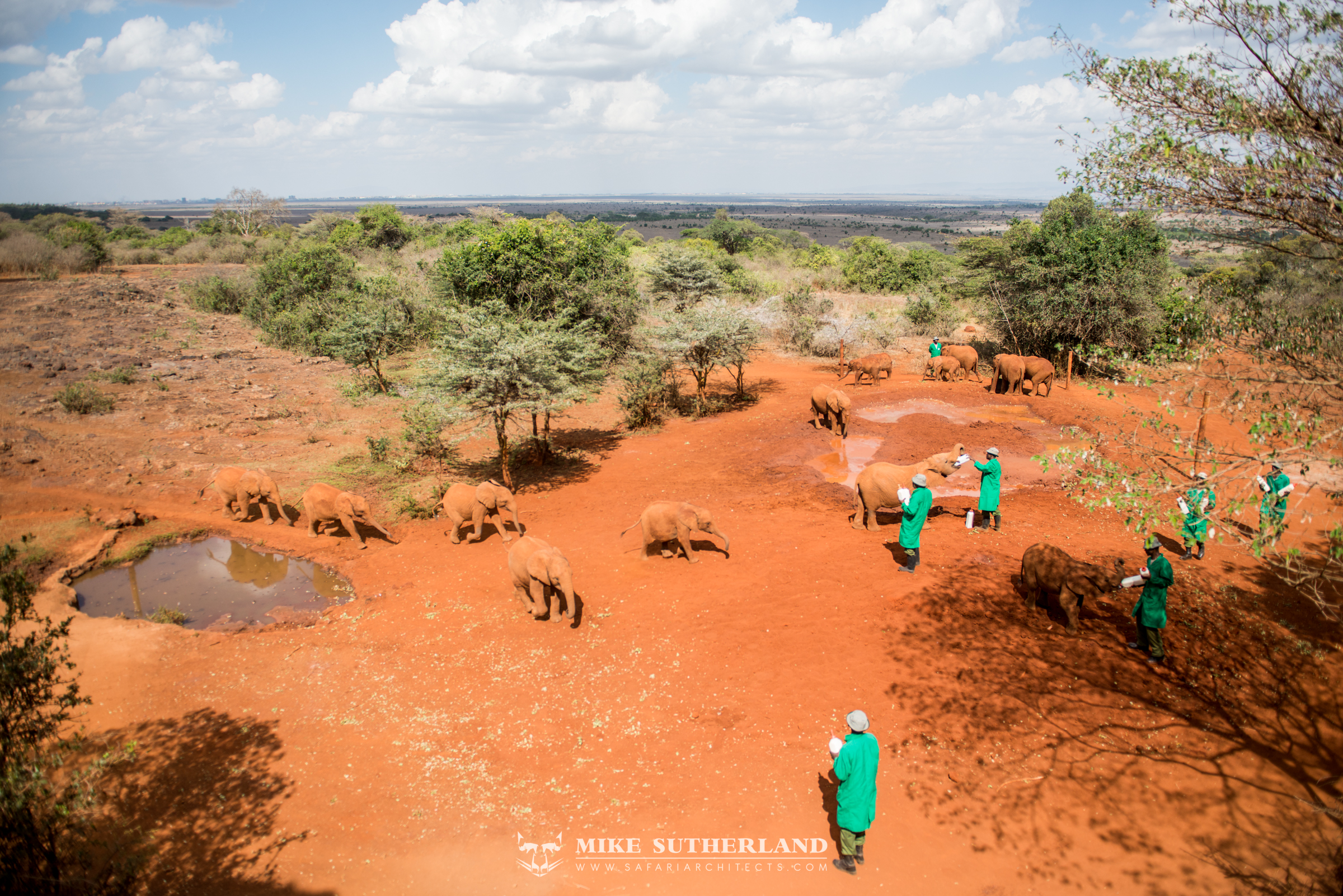
The orphans in Nairobi come for their morning feeds before setting out with their keepers for the day. In the distance, Nairobi National Park.
To everyone who was involved in making this trip such an amazing journey and experience, we thank you endlessly. We cannot wait to be back to visit Tsavo and the orphans, and sincerely hope there will be ongoing support for the work the Trust continues to provide to save these beautiful animals and places from human conflict and influence.
To follow their story, click this link: The David Sheldrick Wildlife Trust.
Written by: Mike Sutherland
Photographed by: Mike Sutherland and Chris Renshaw
